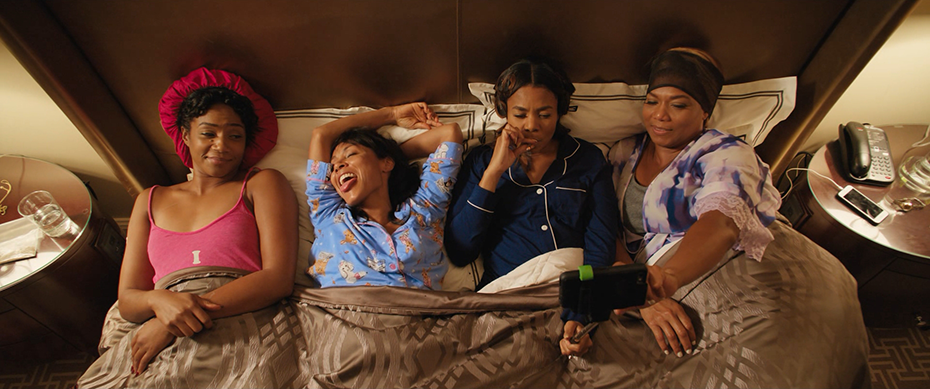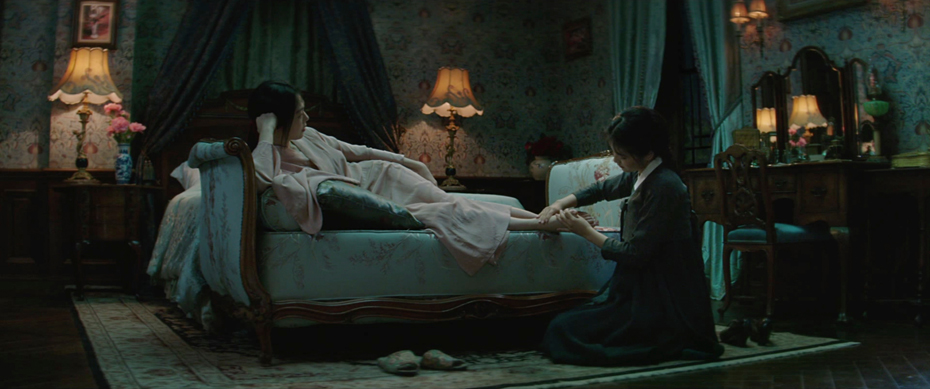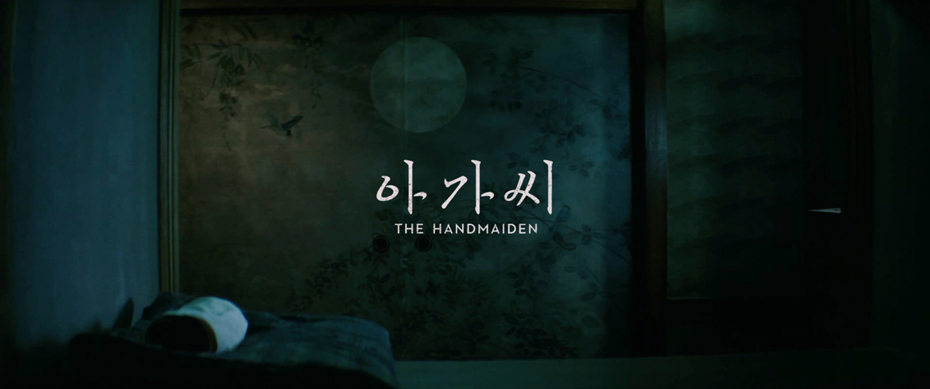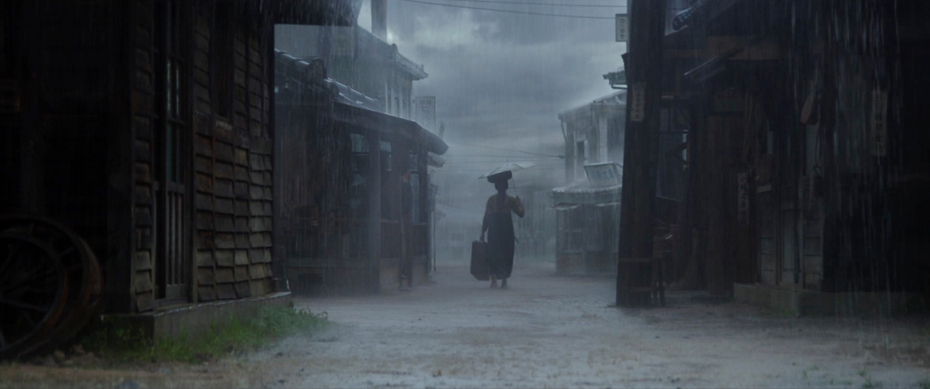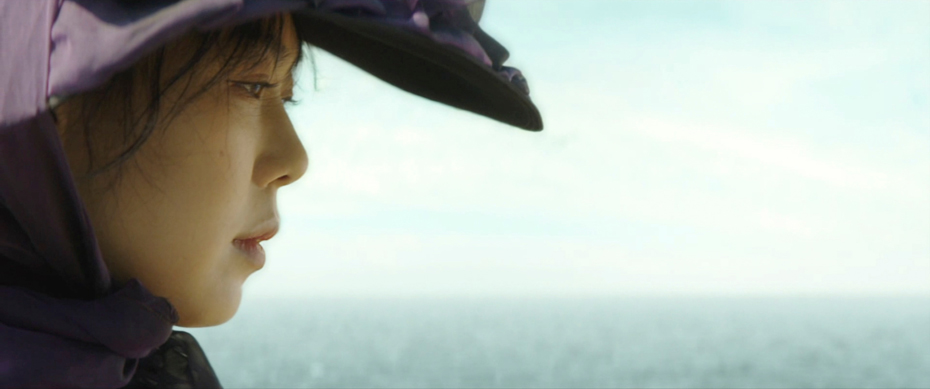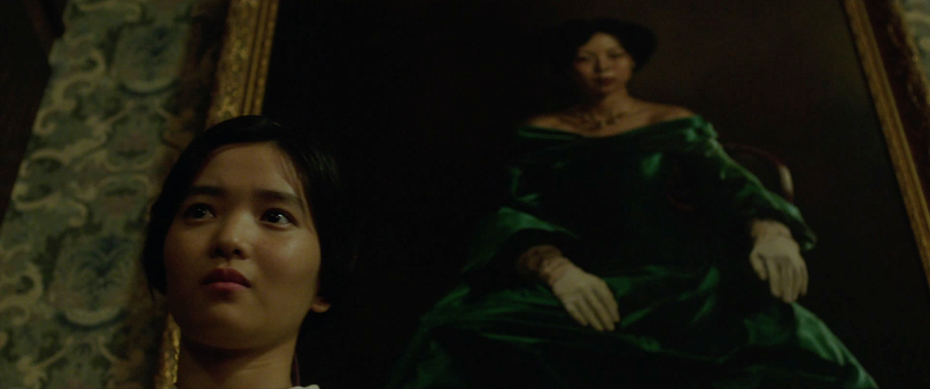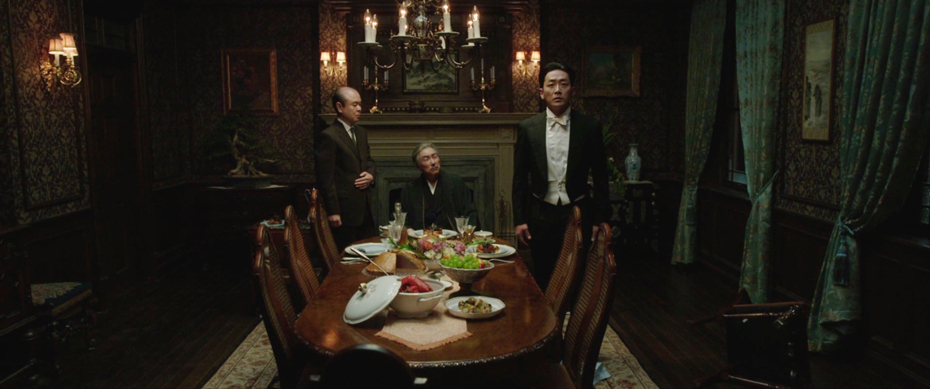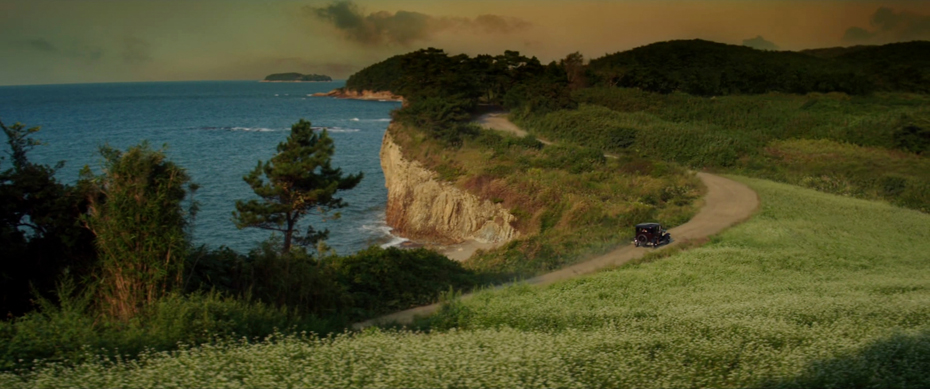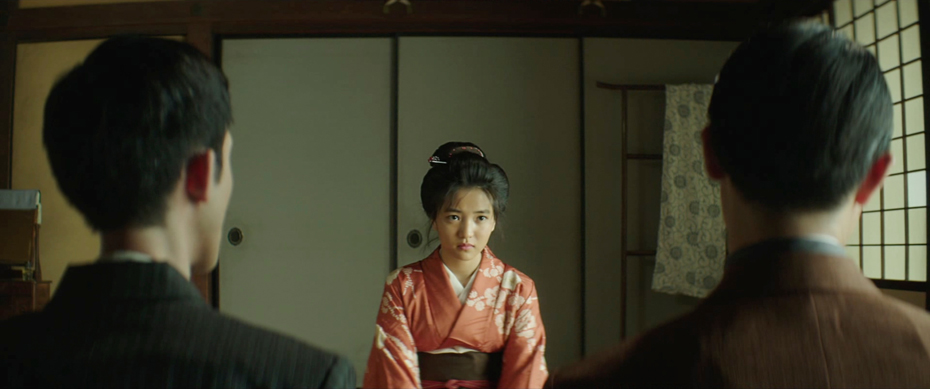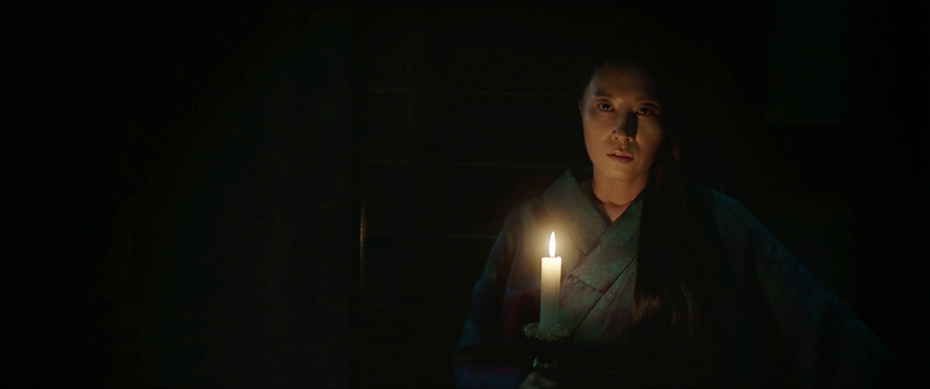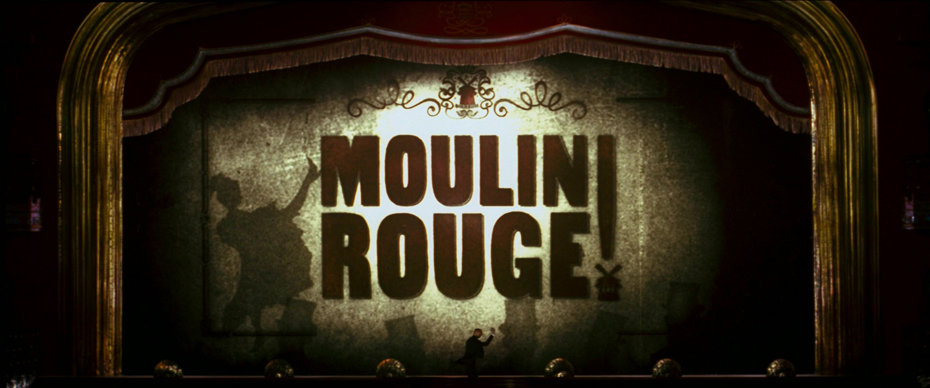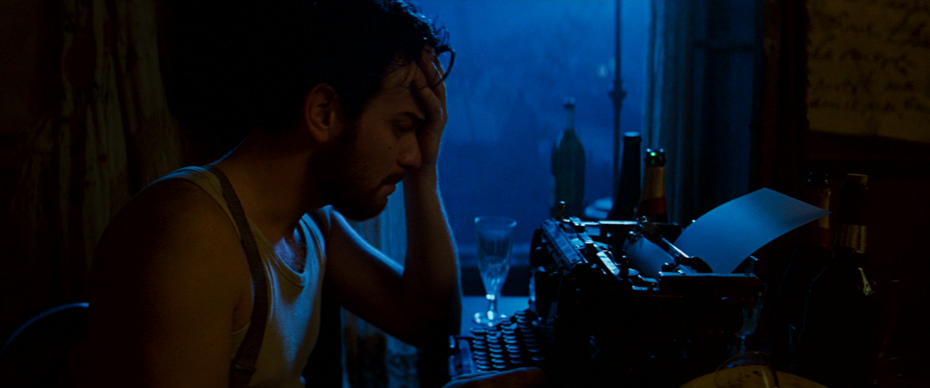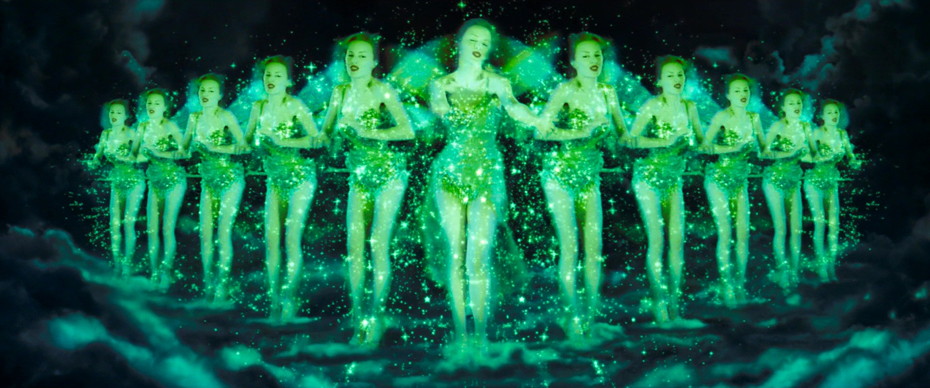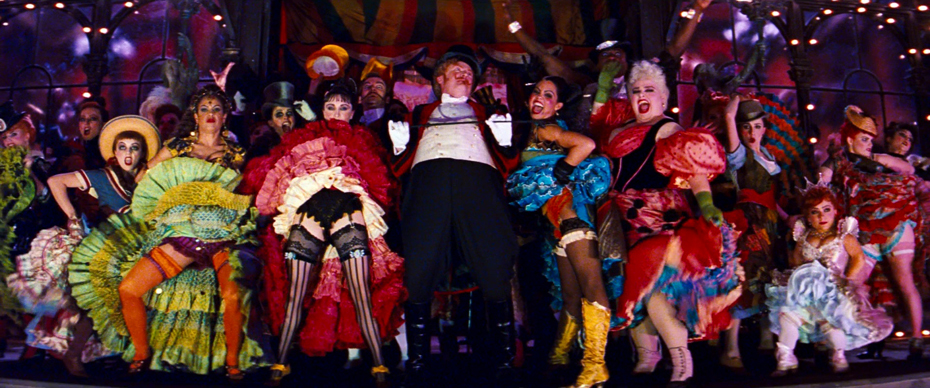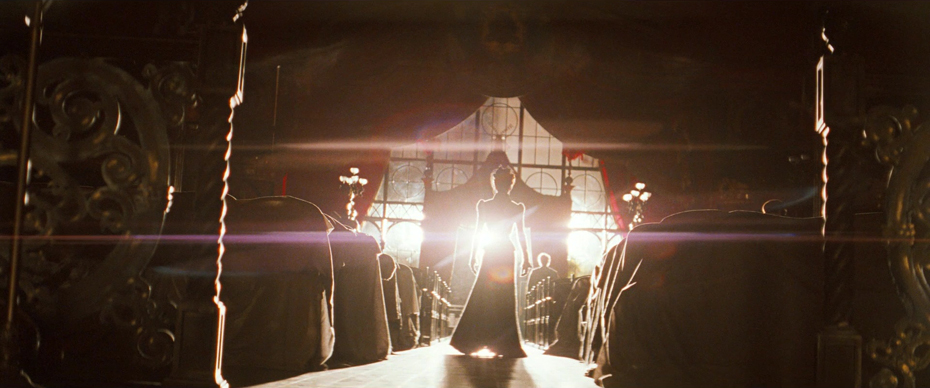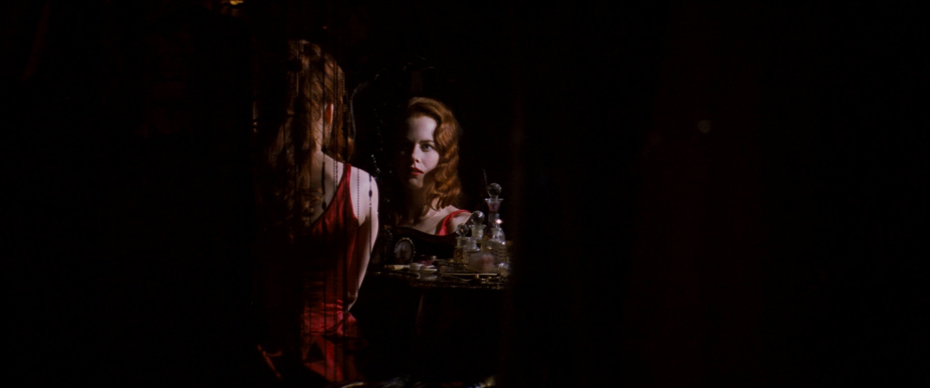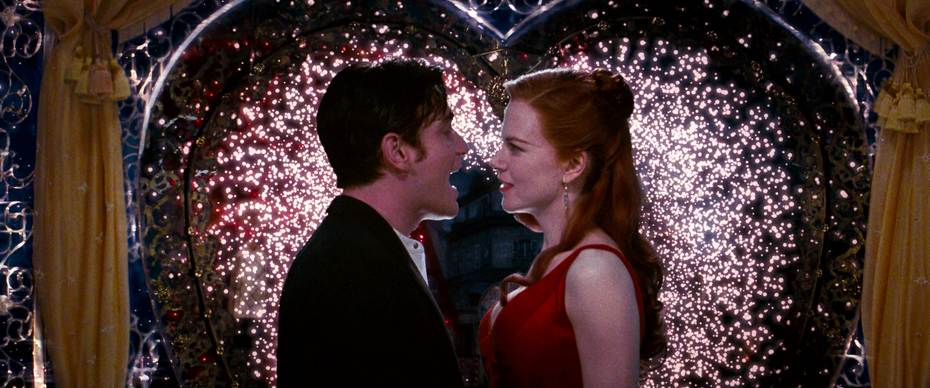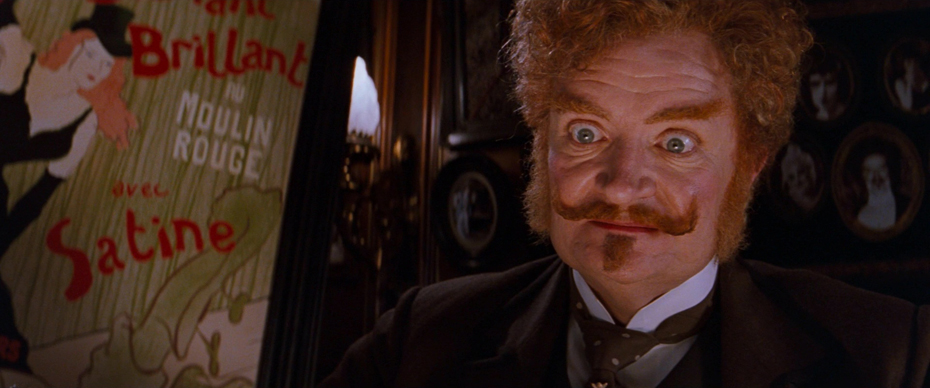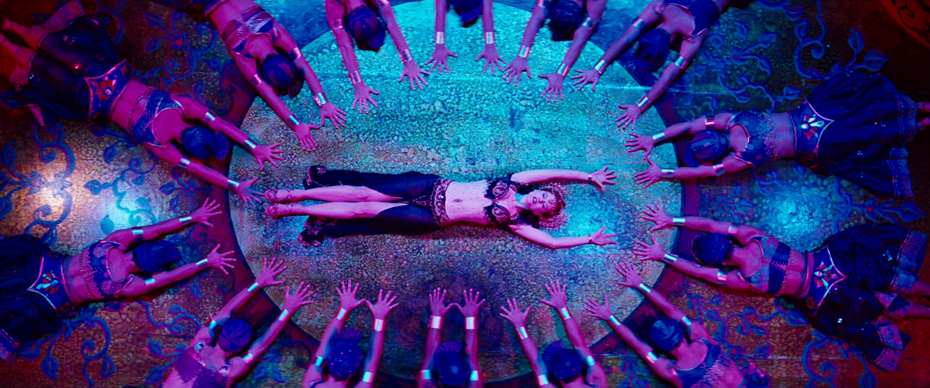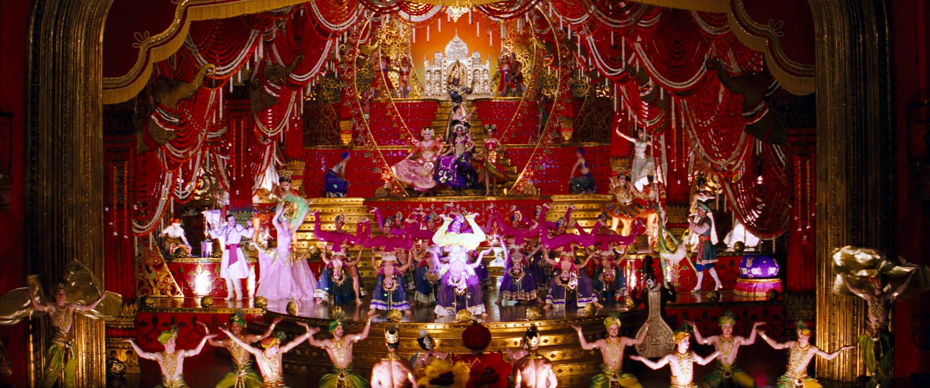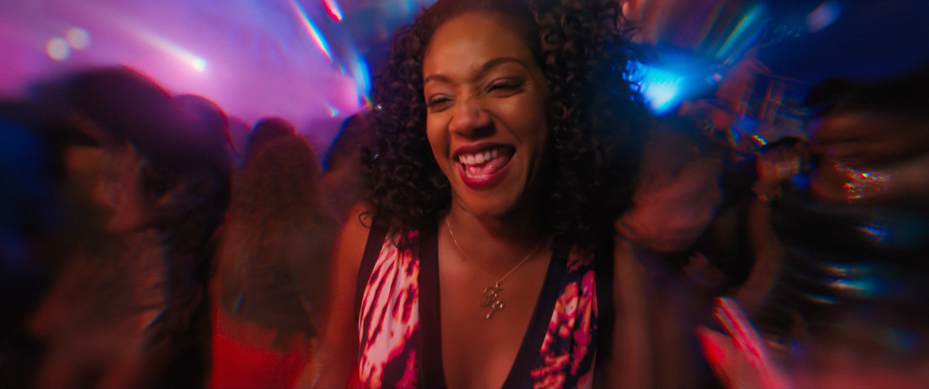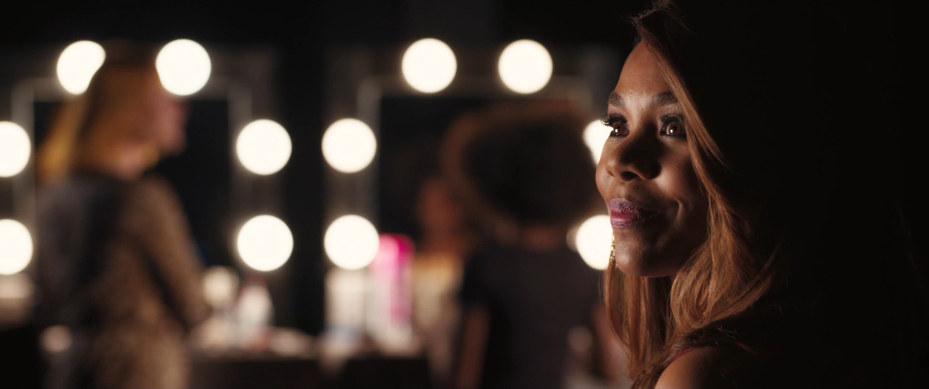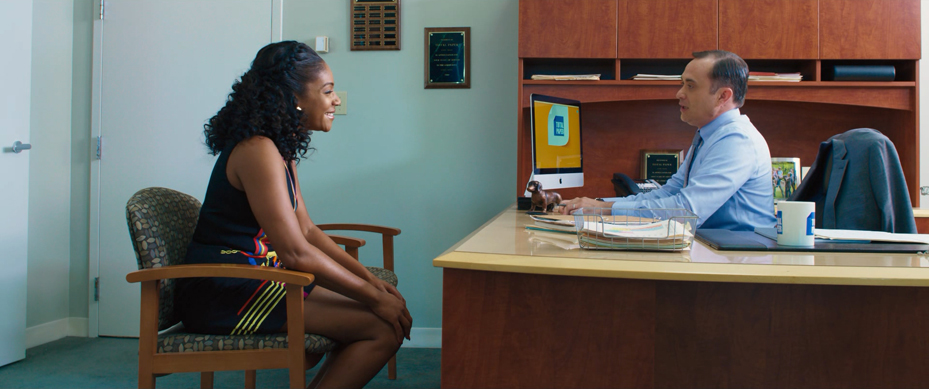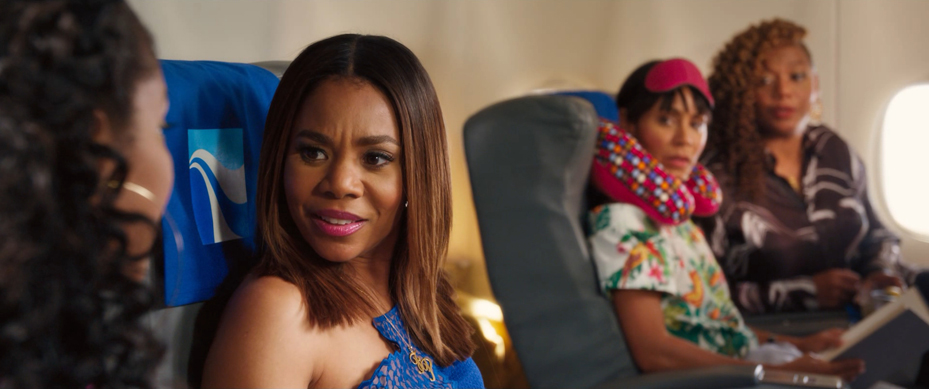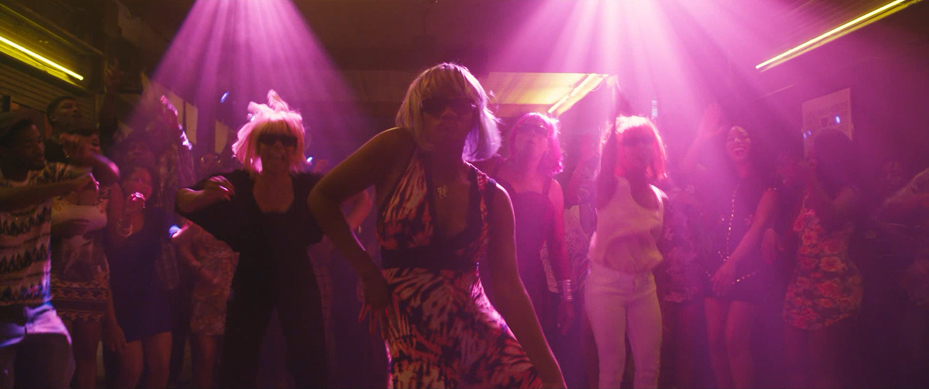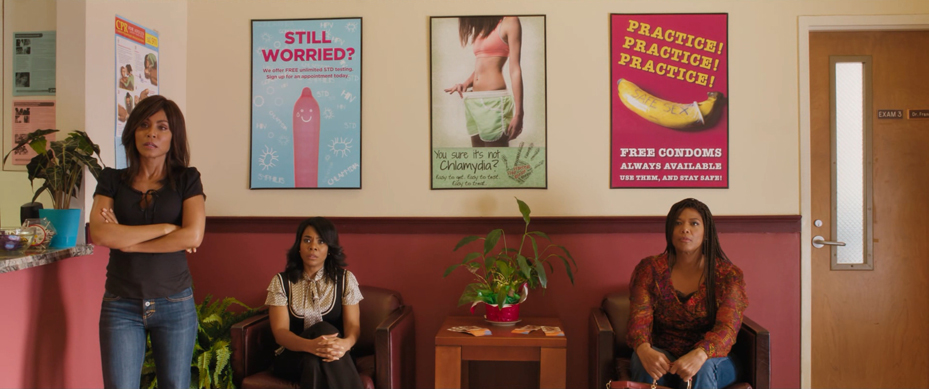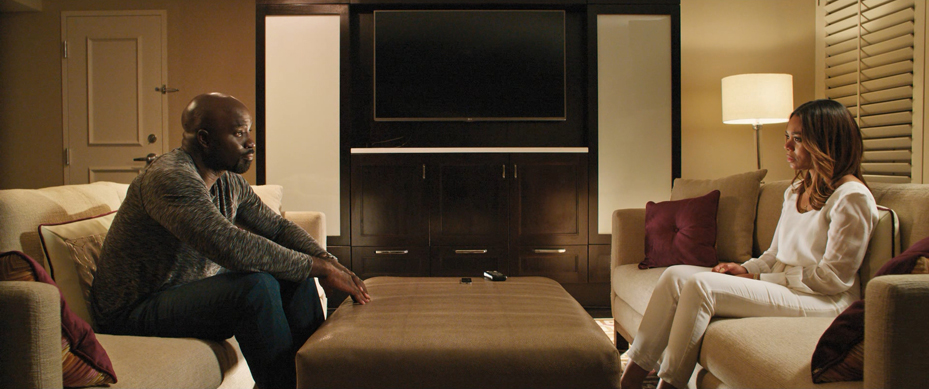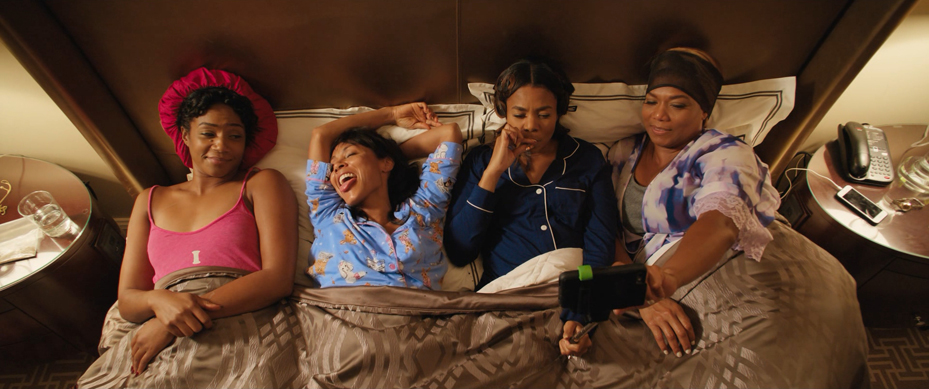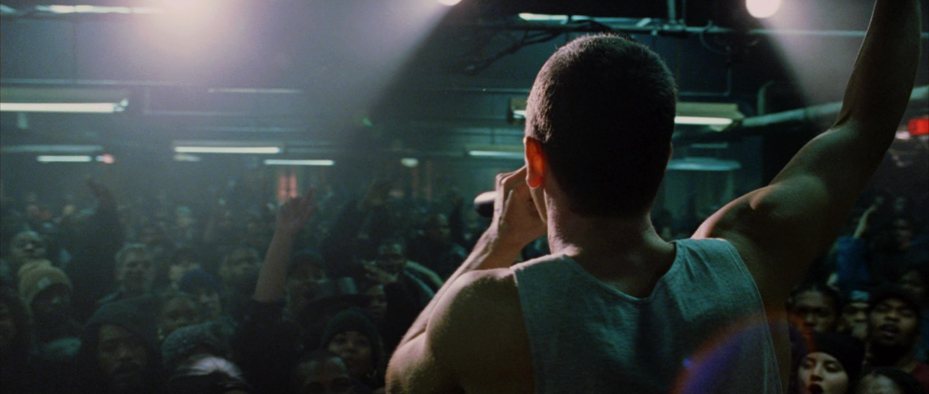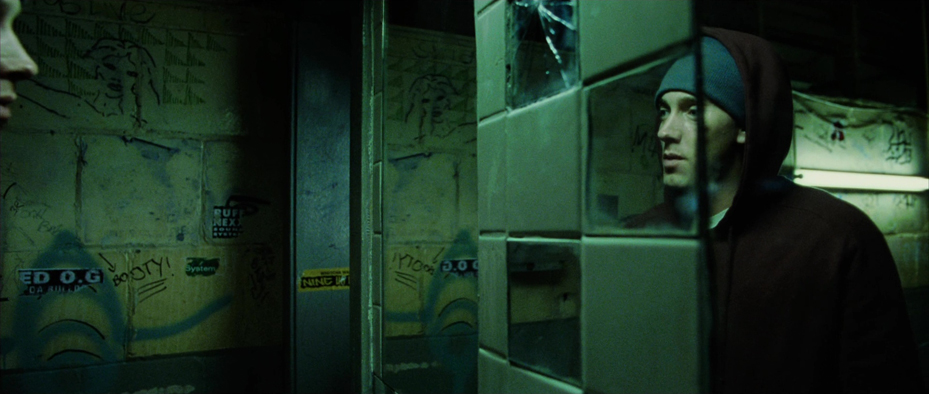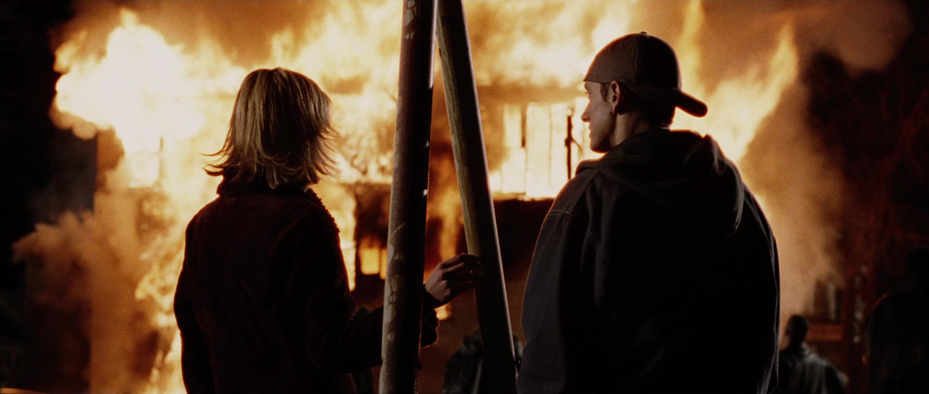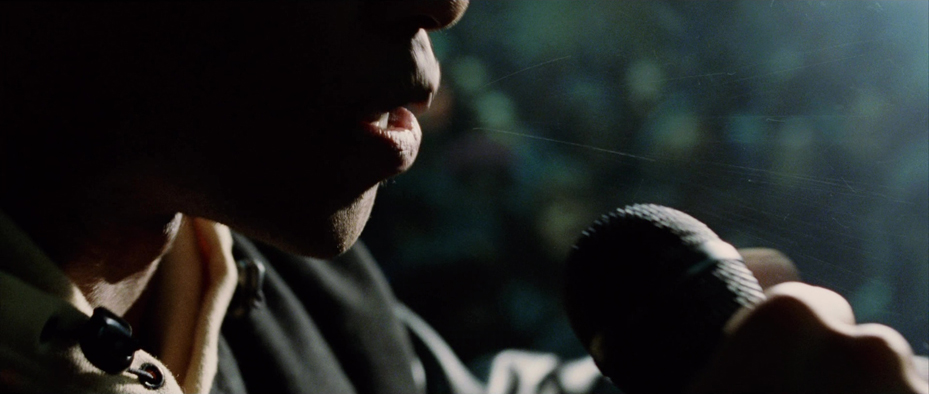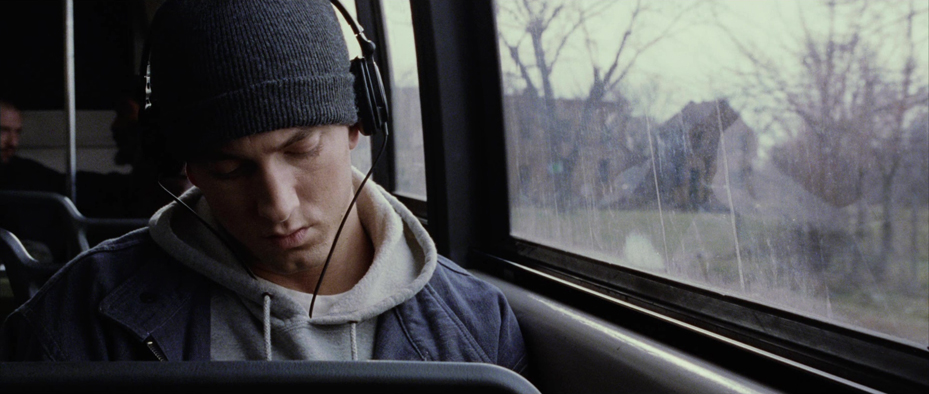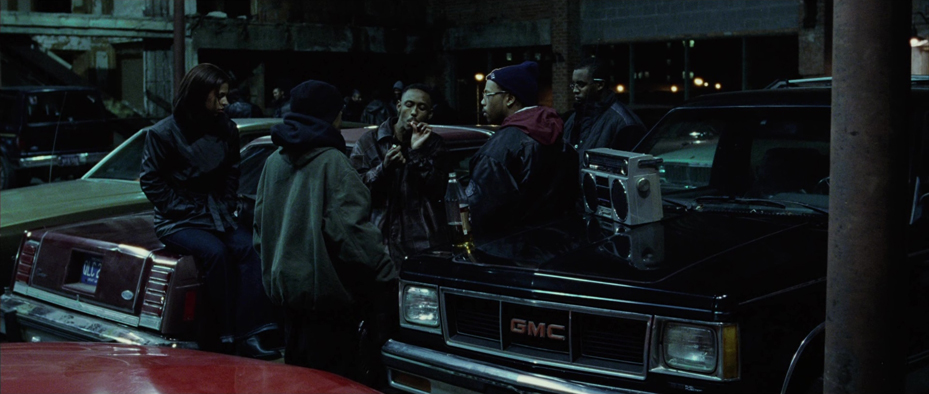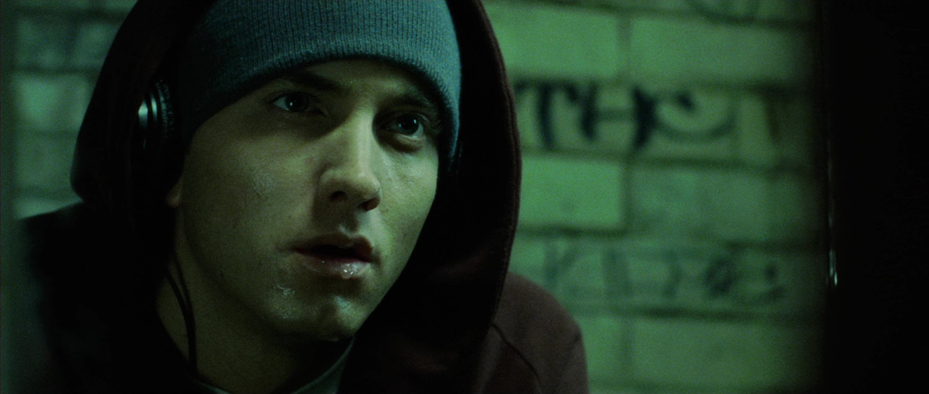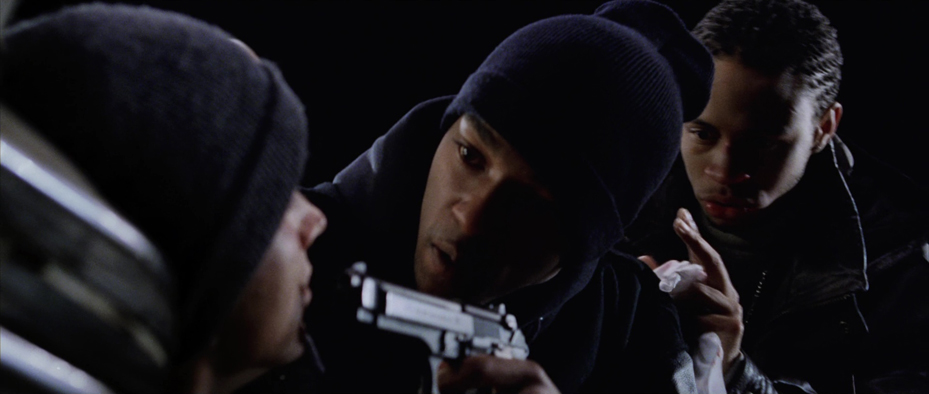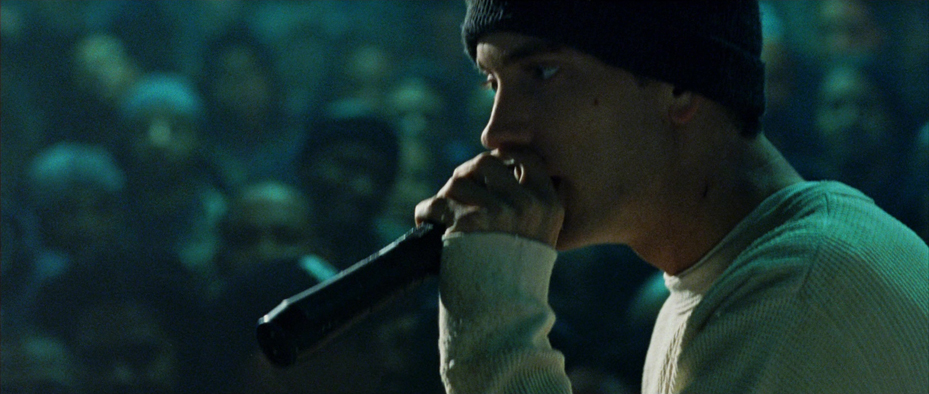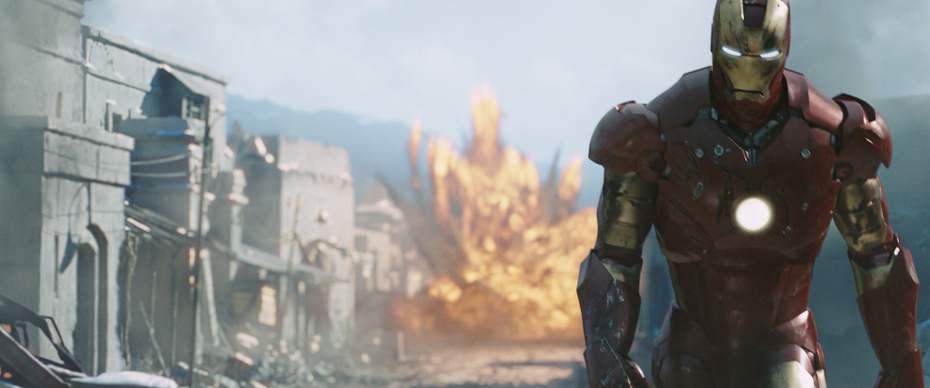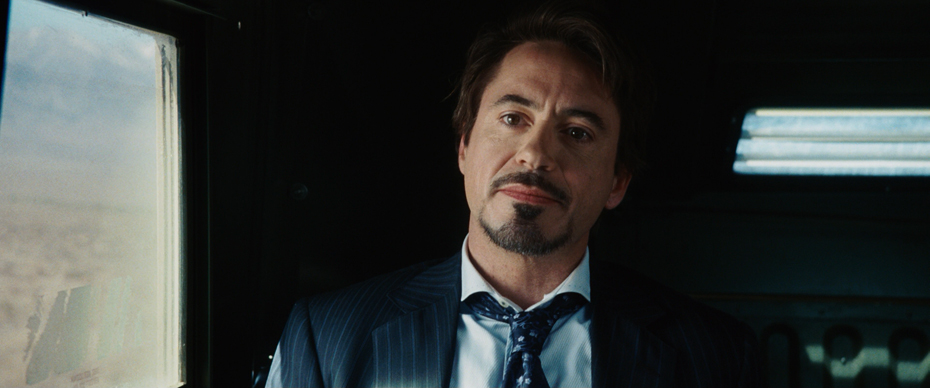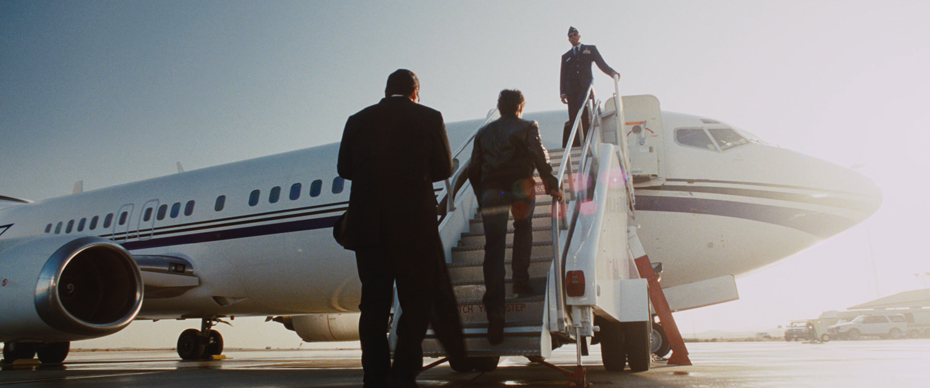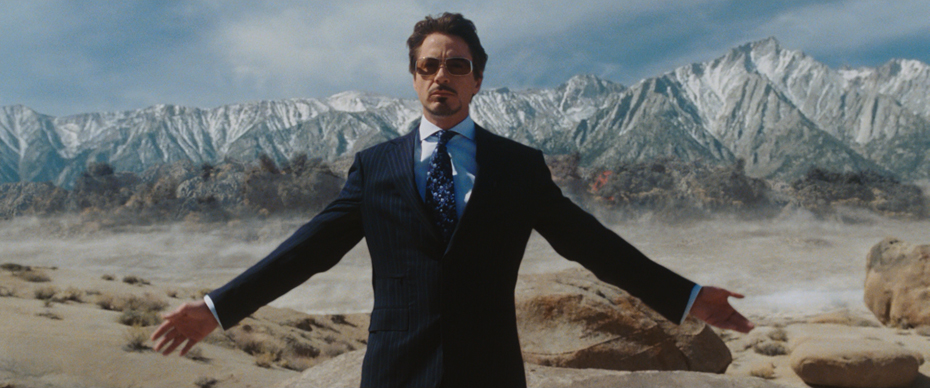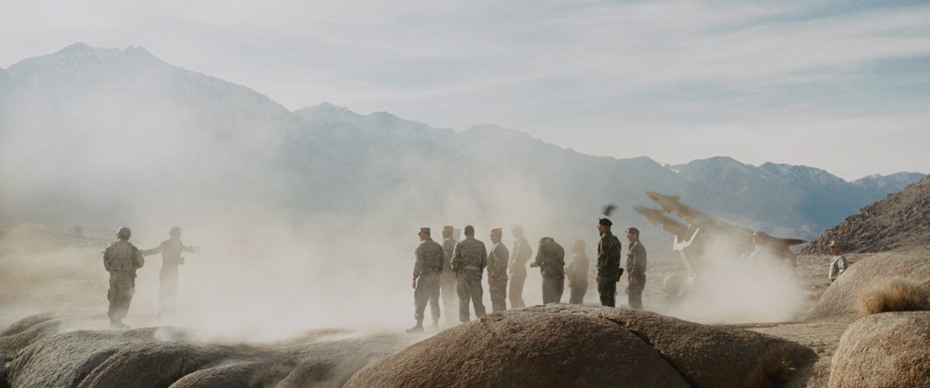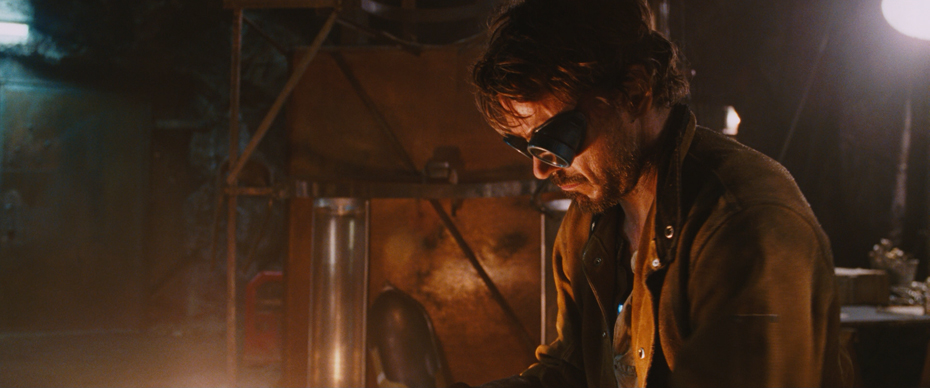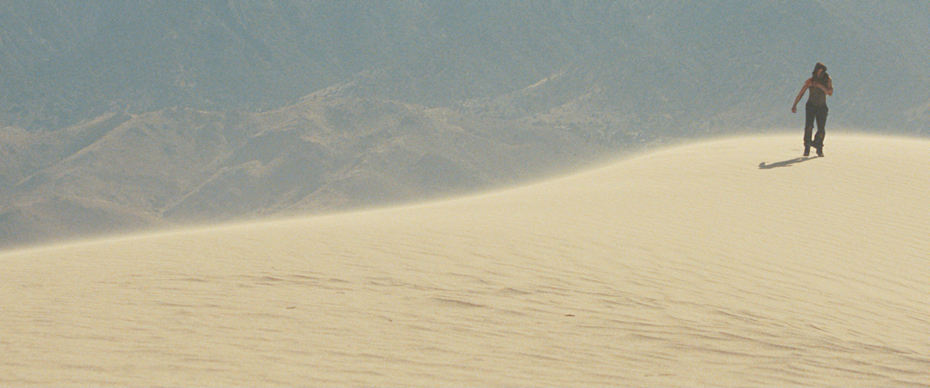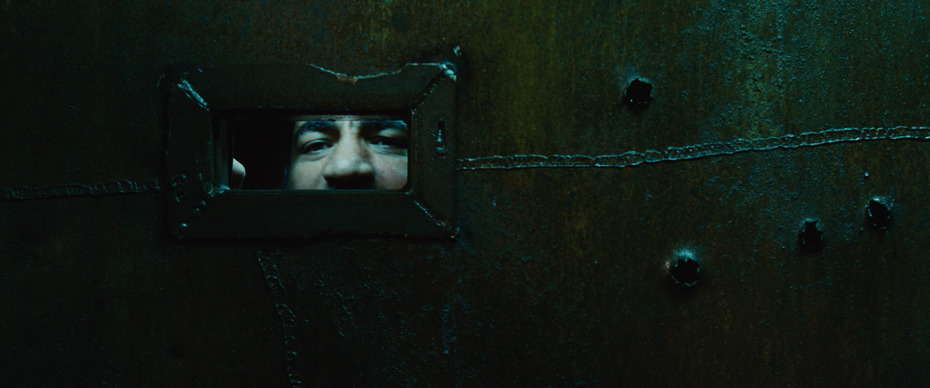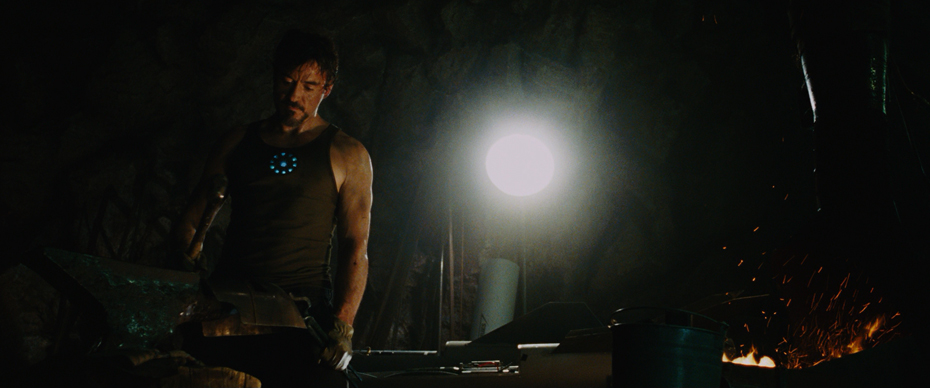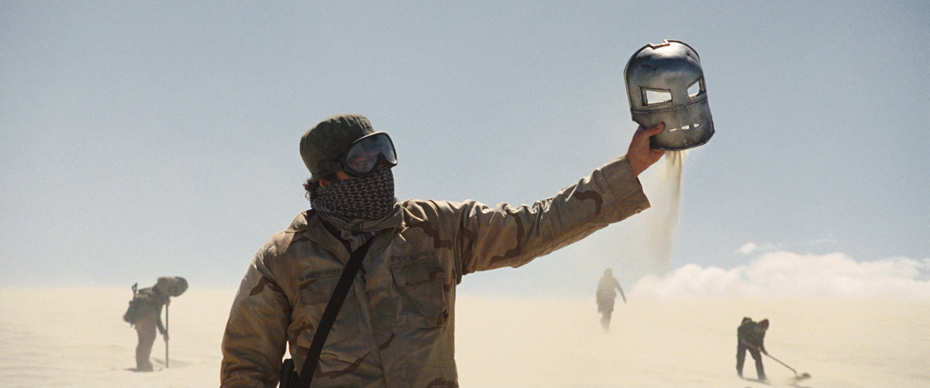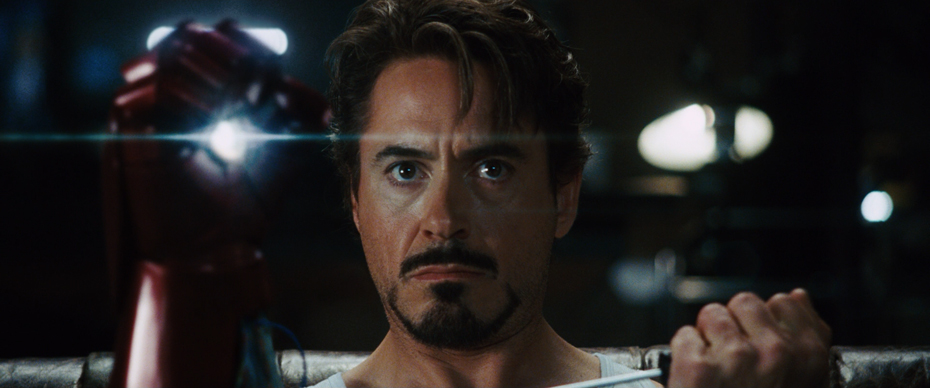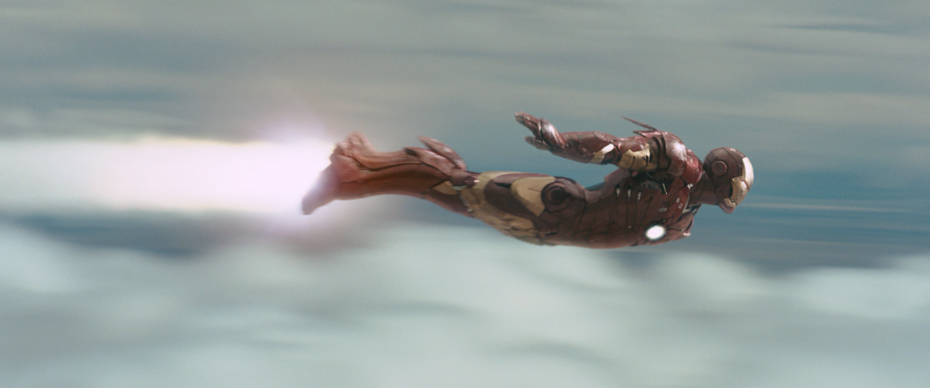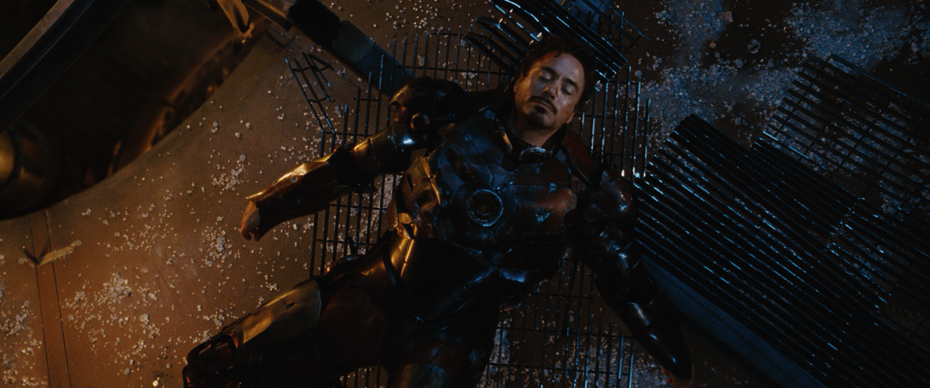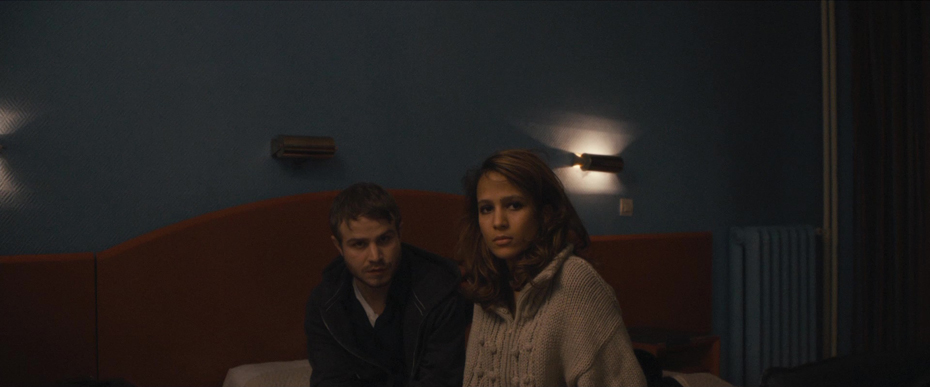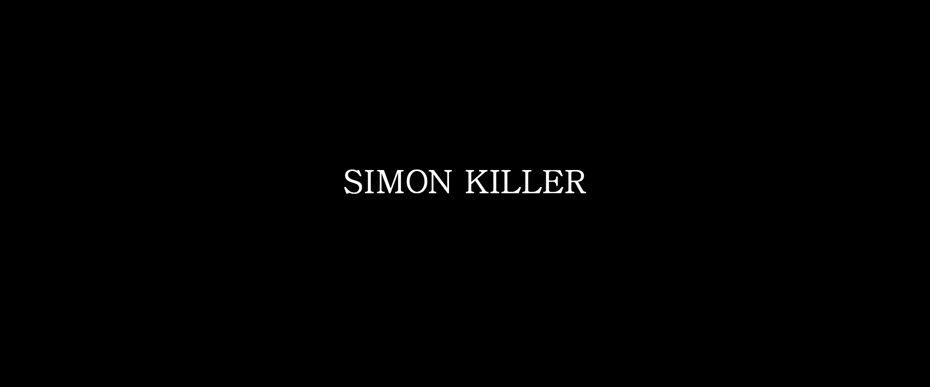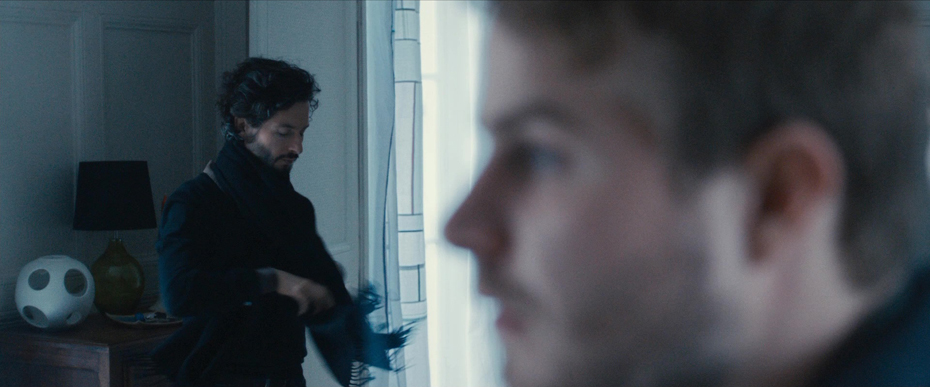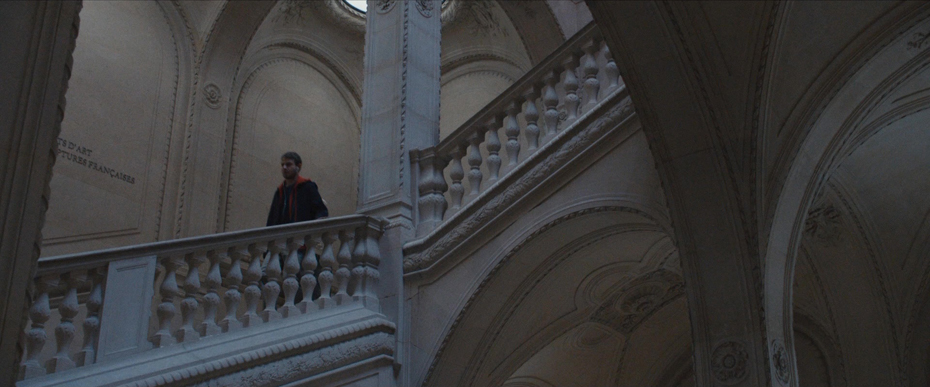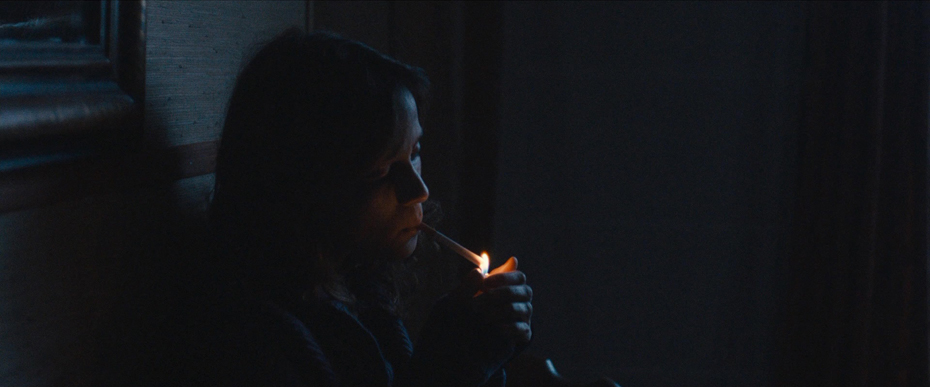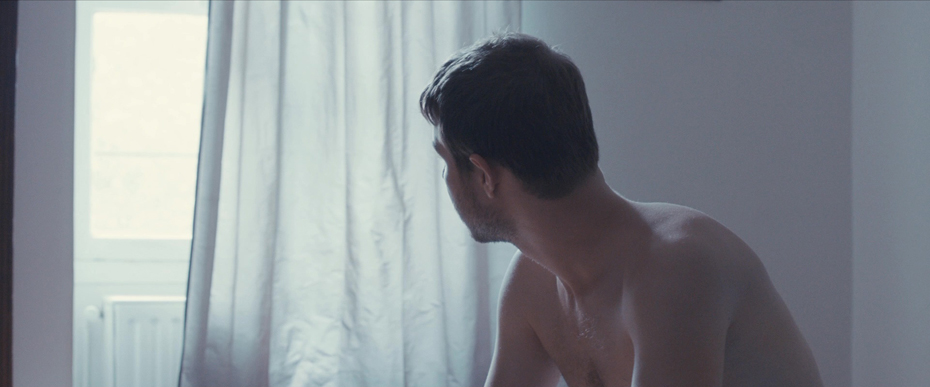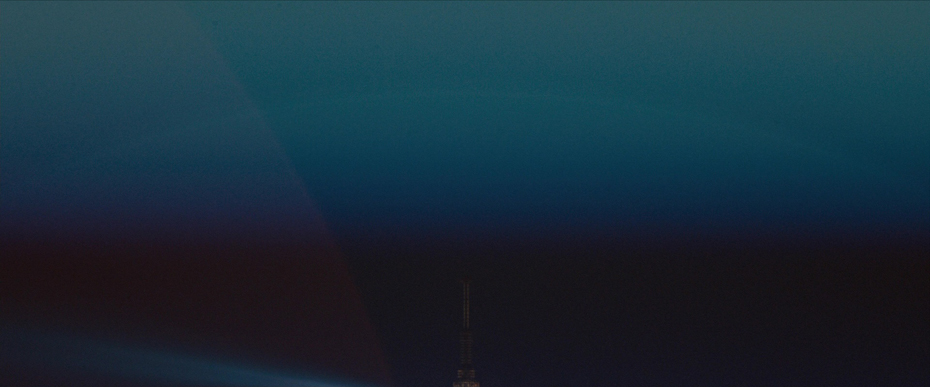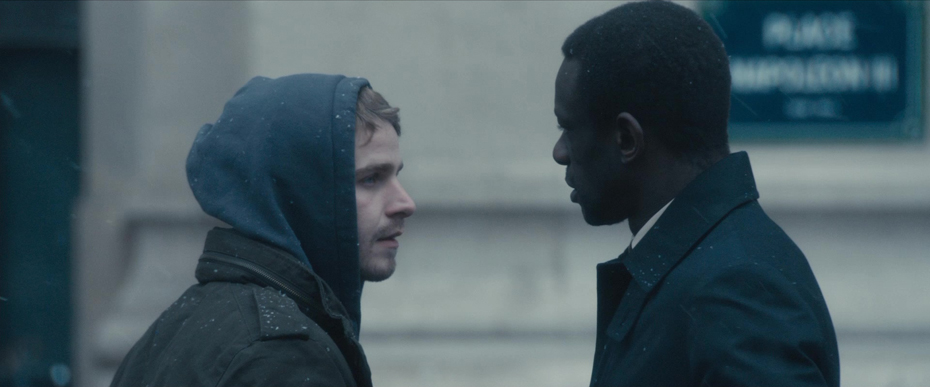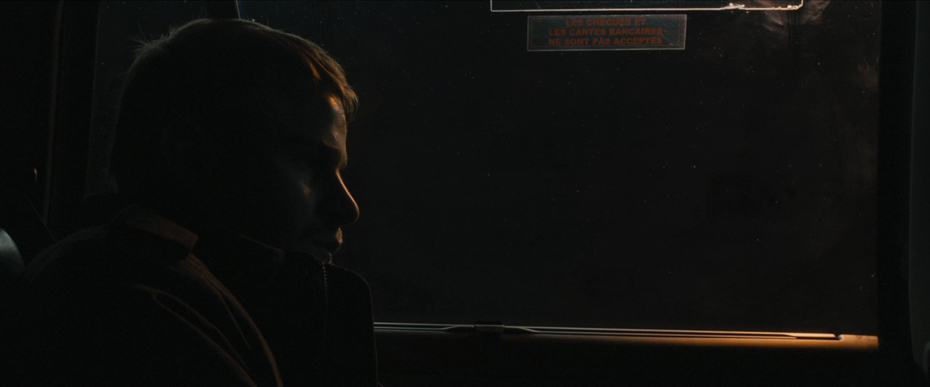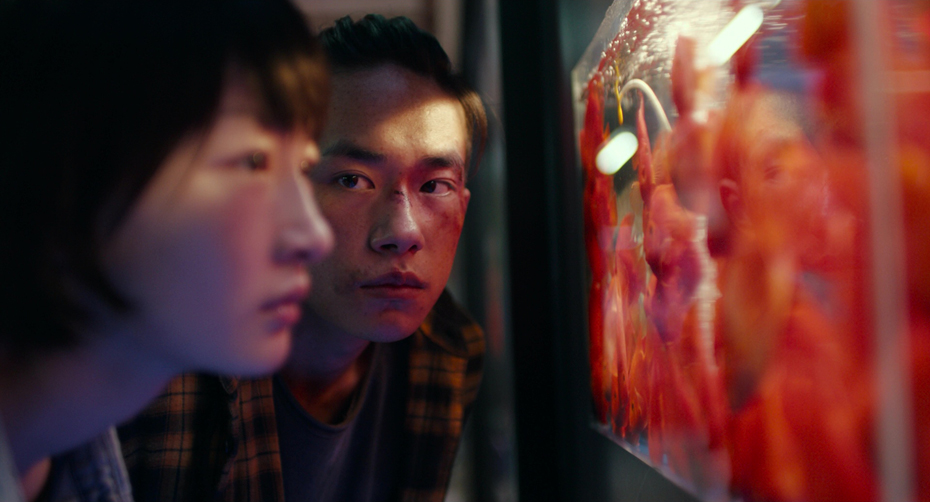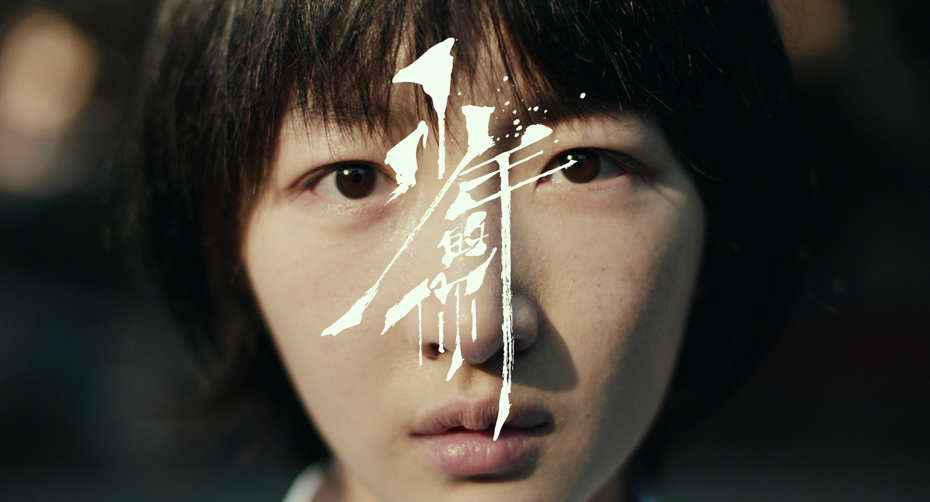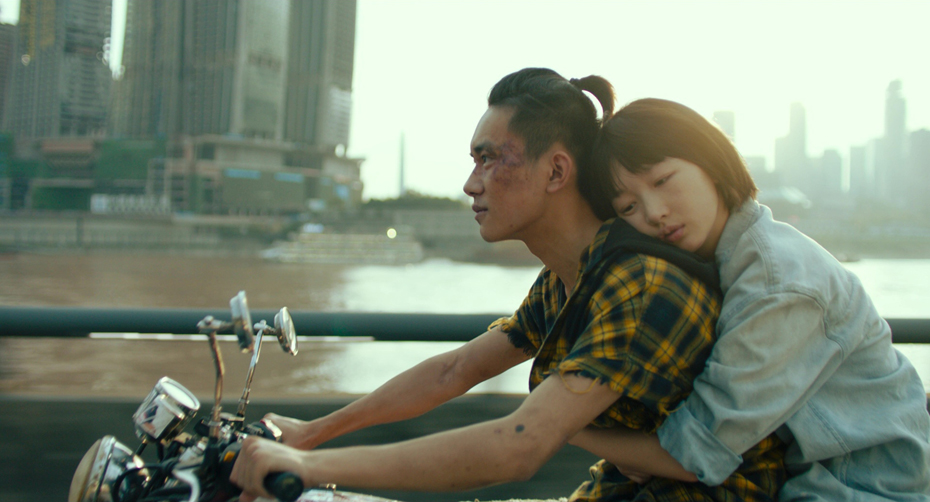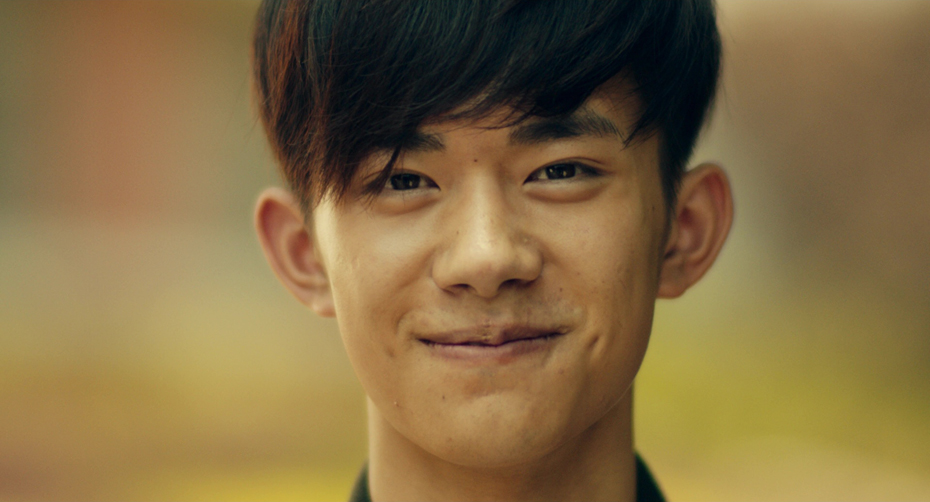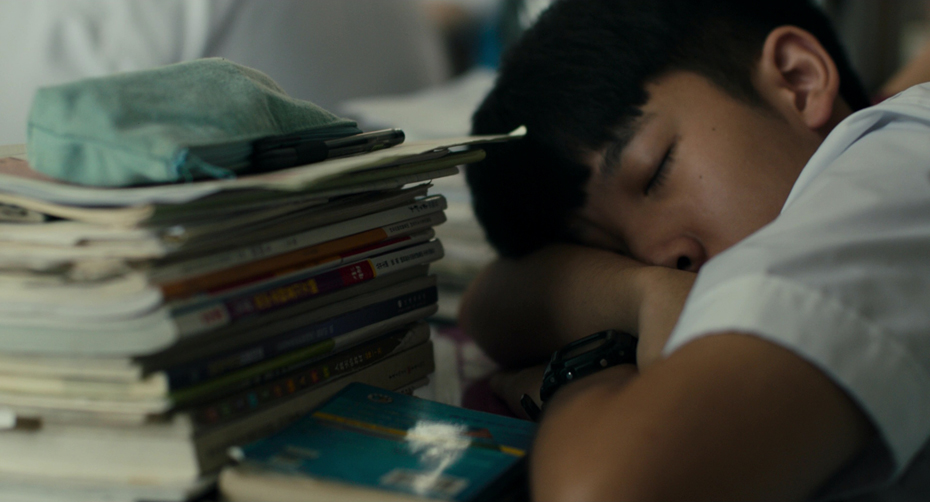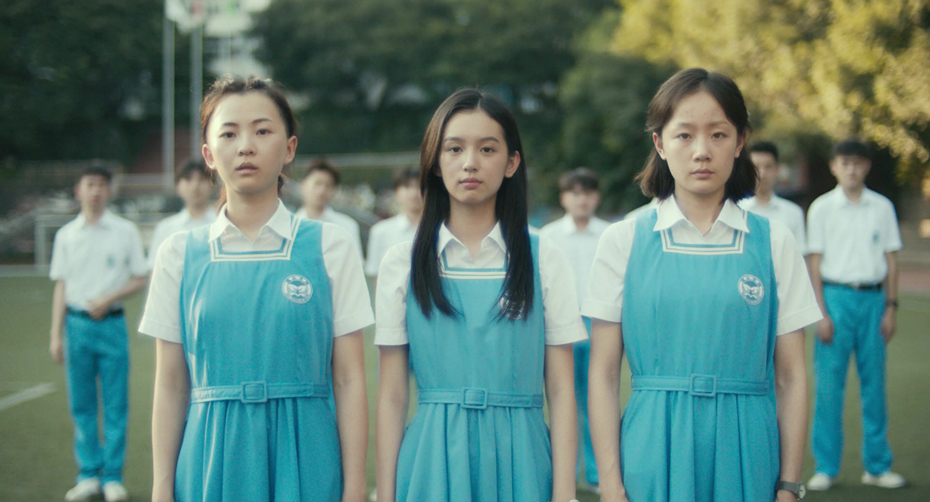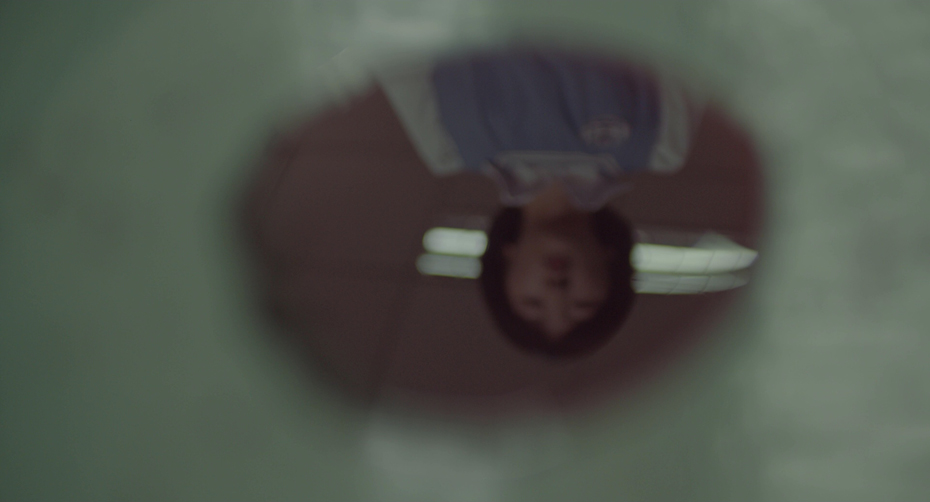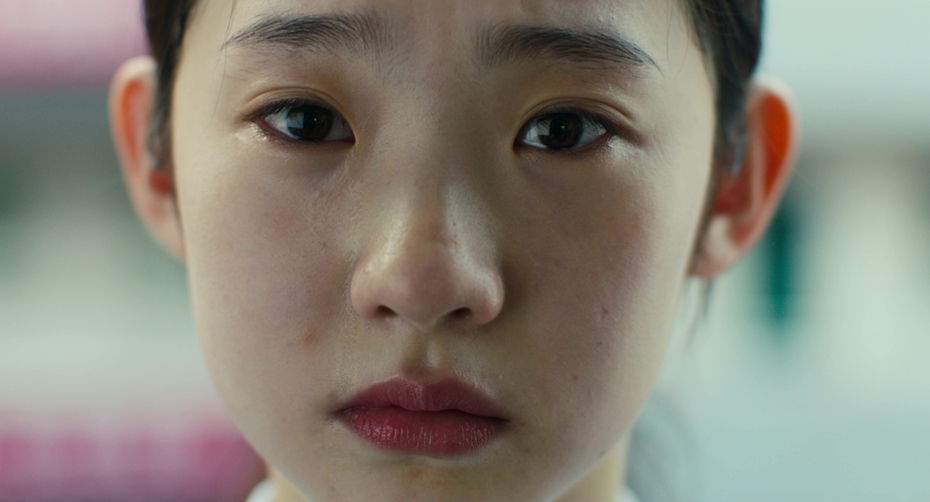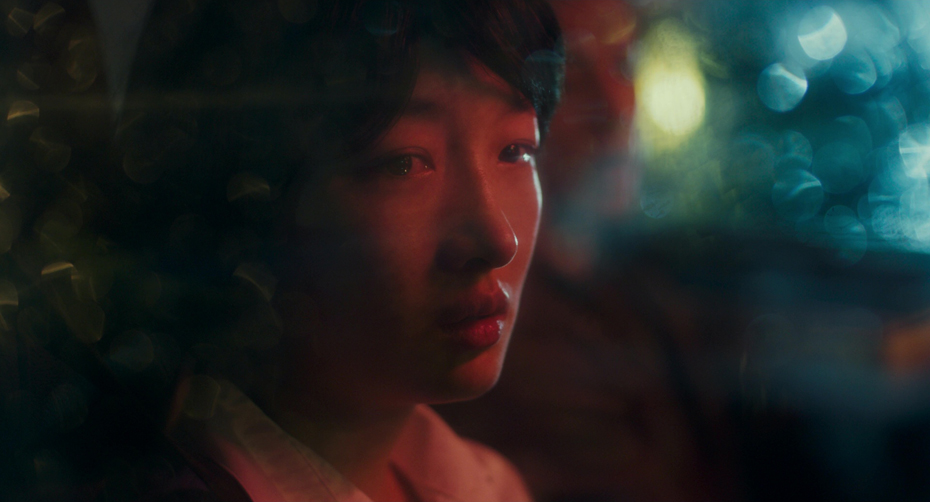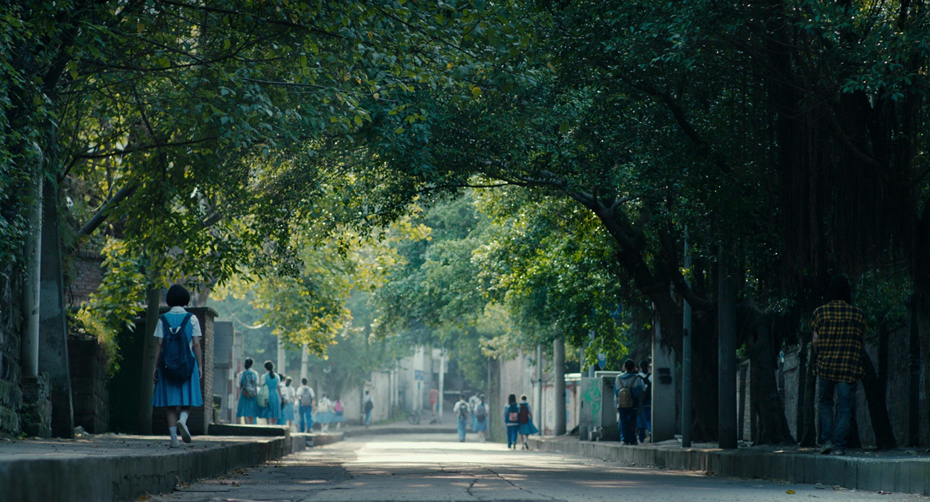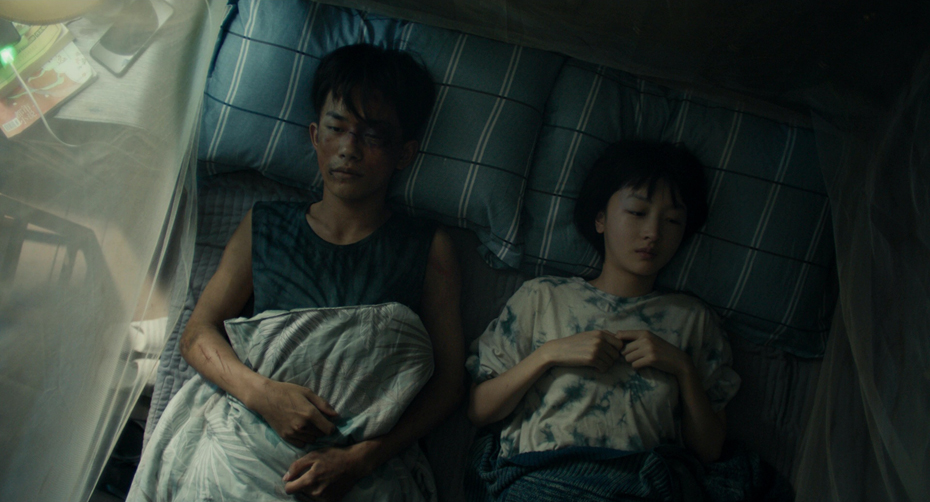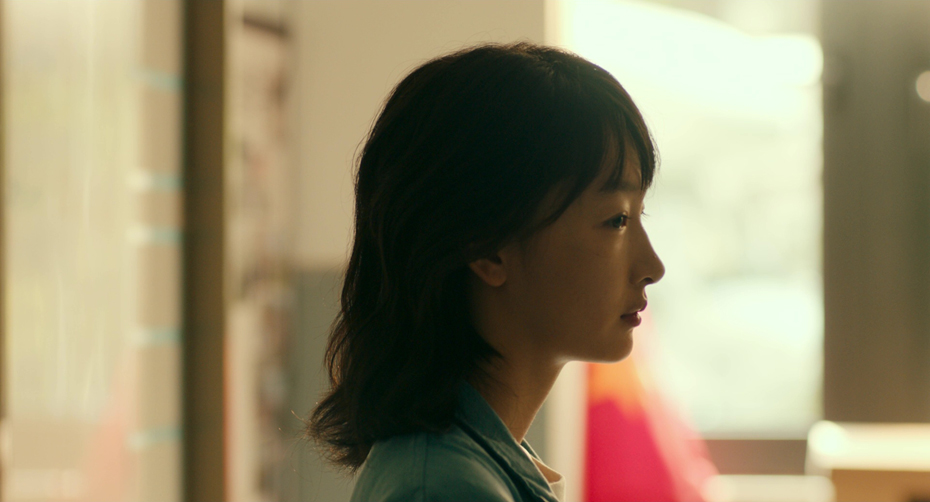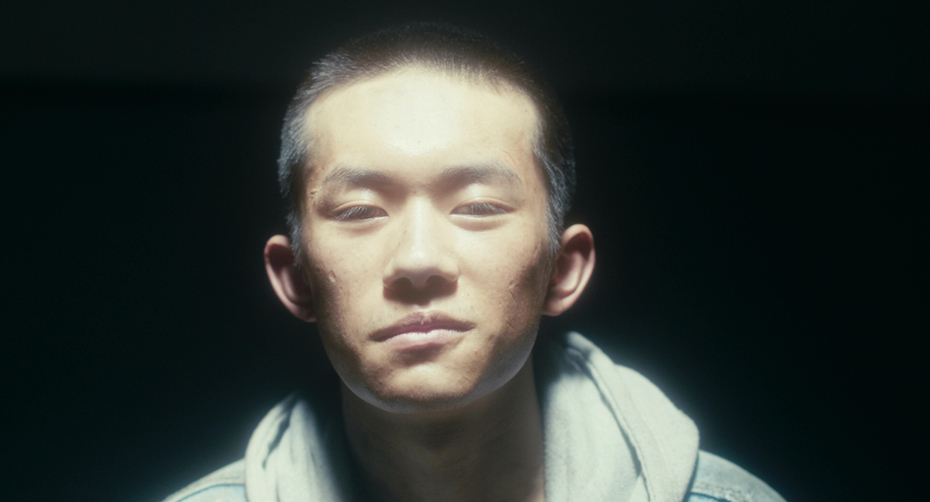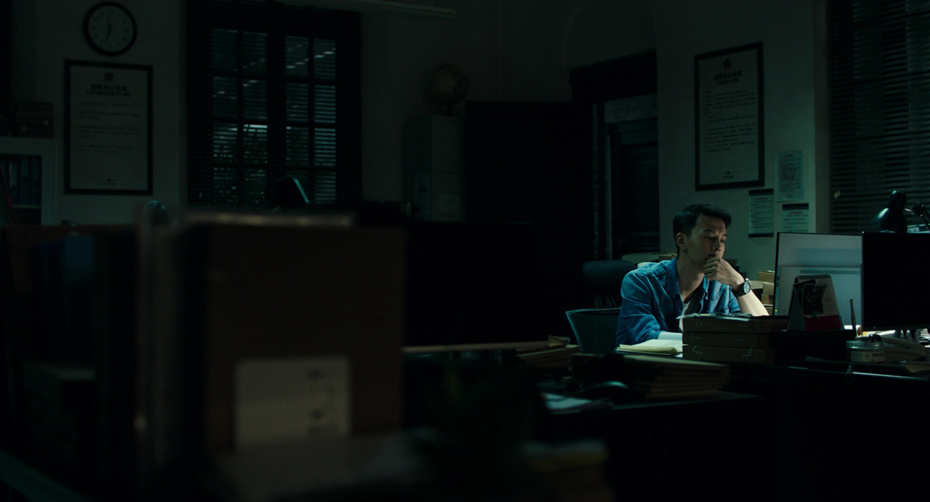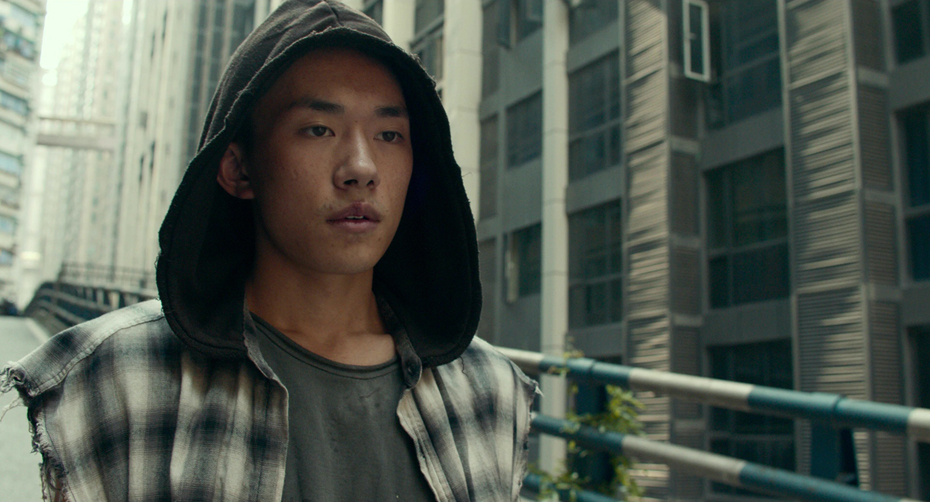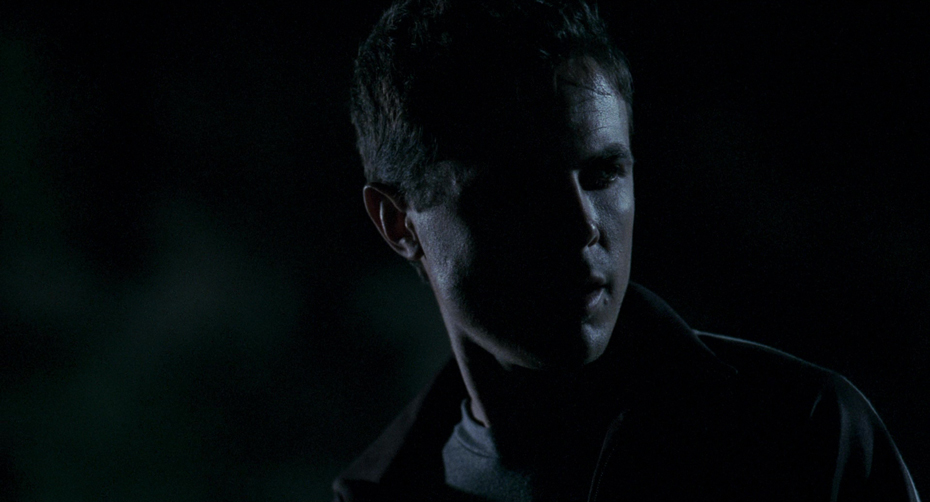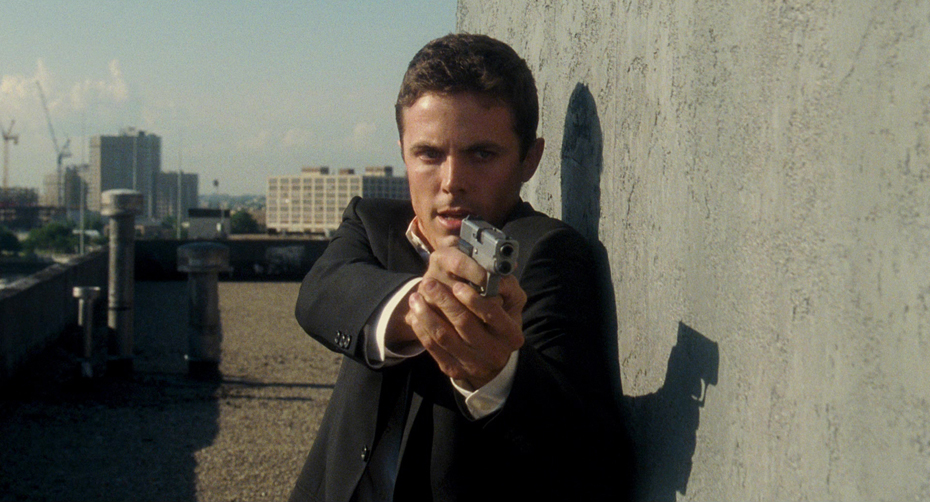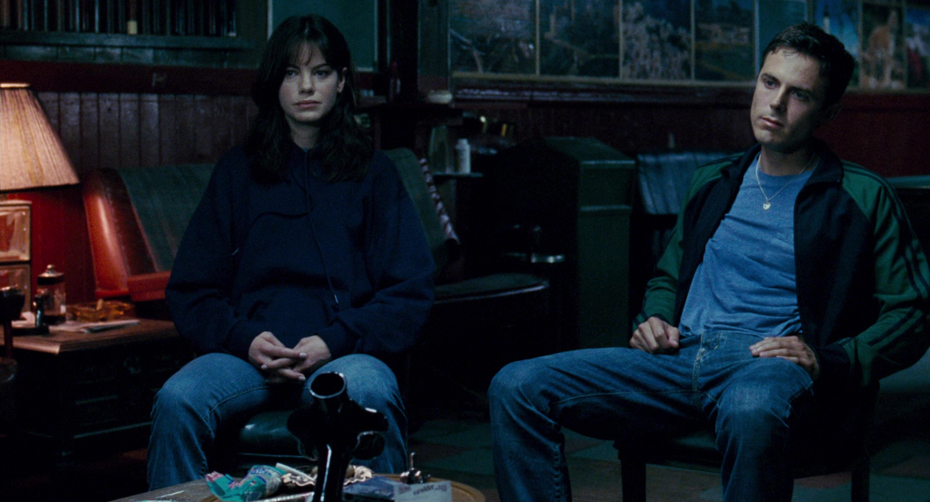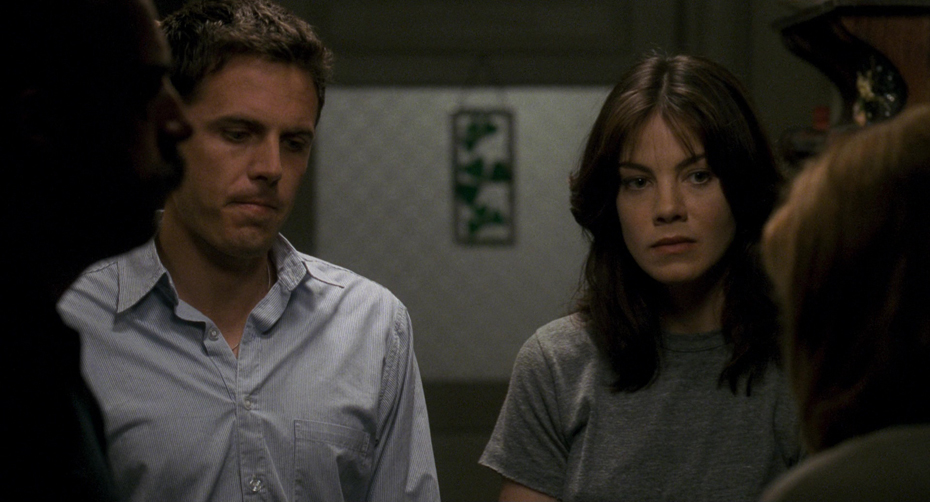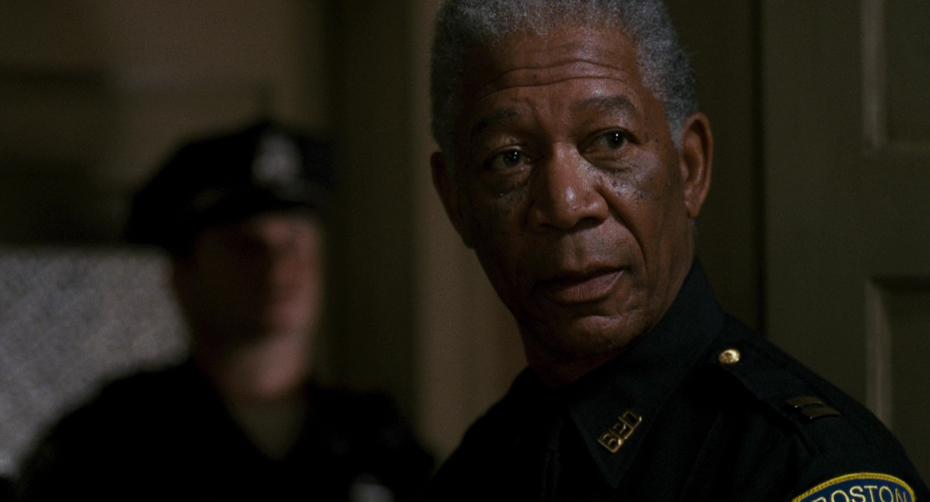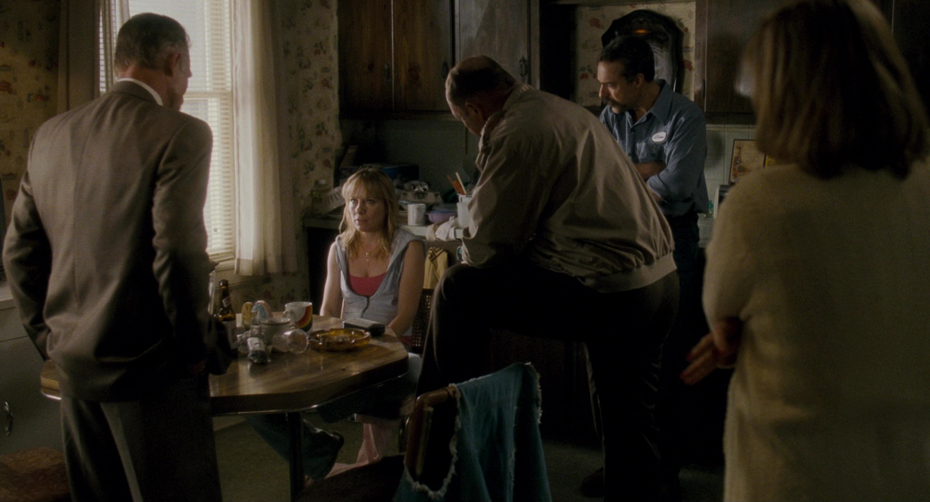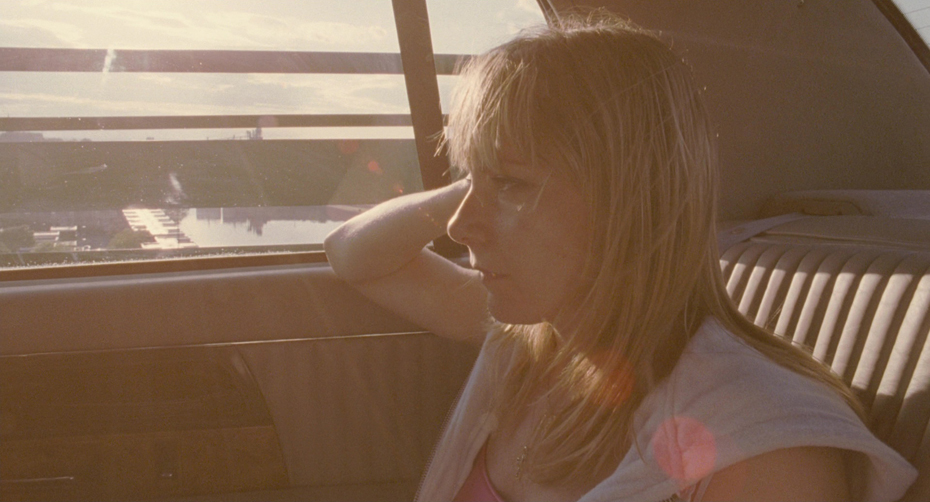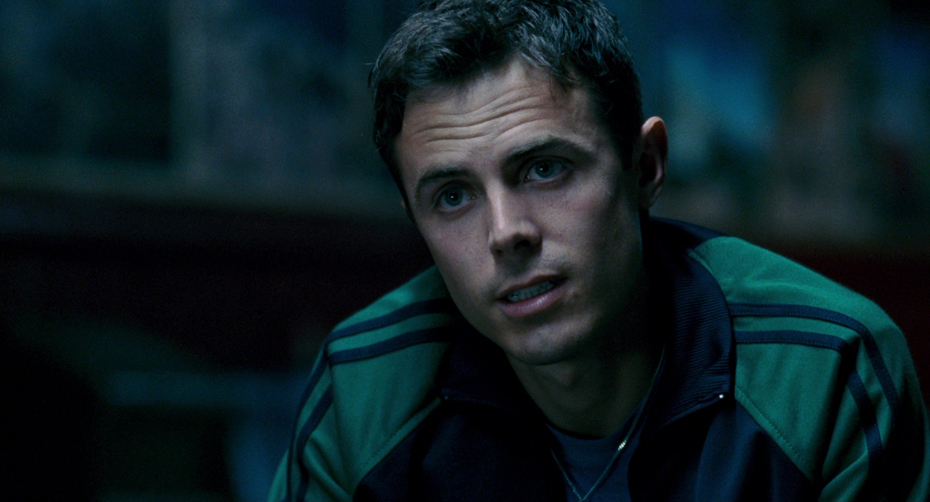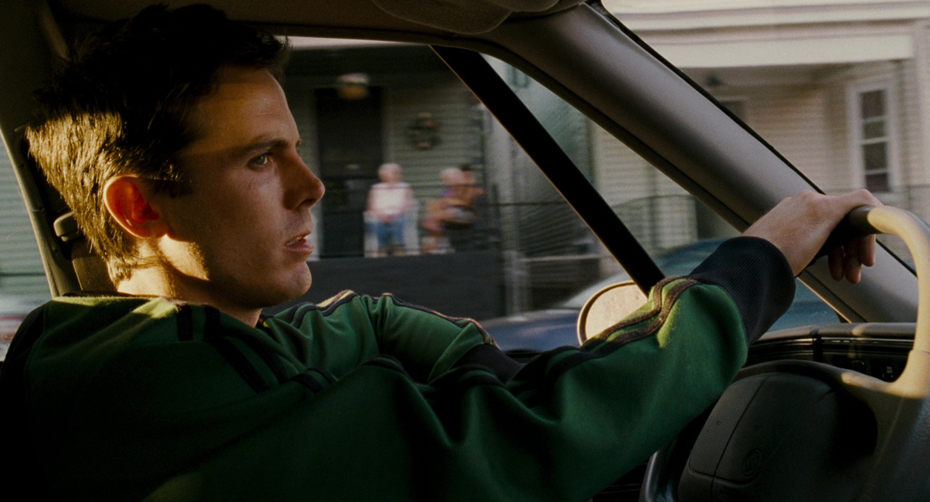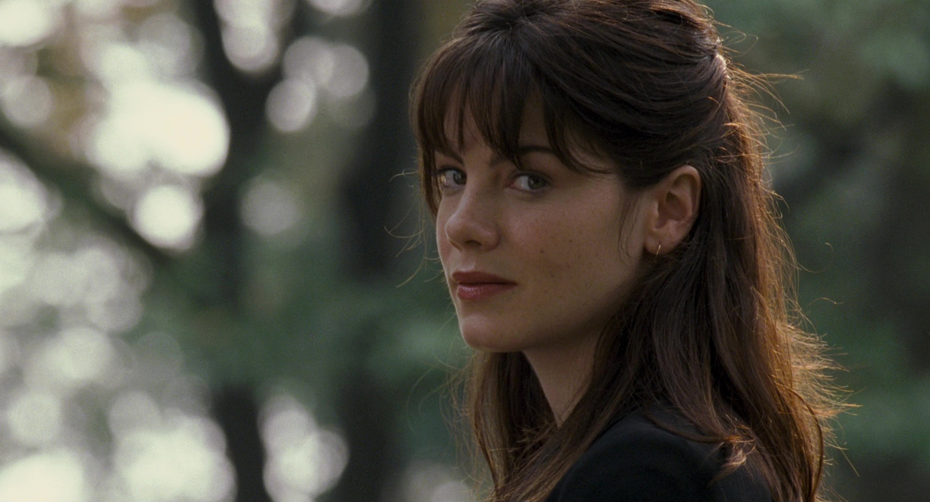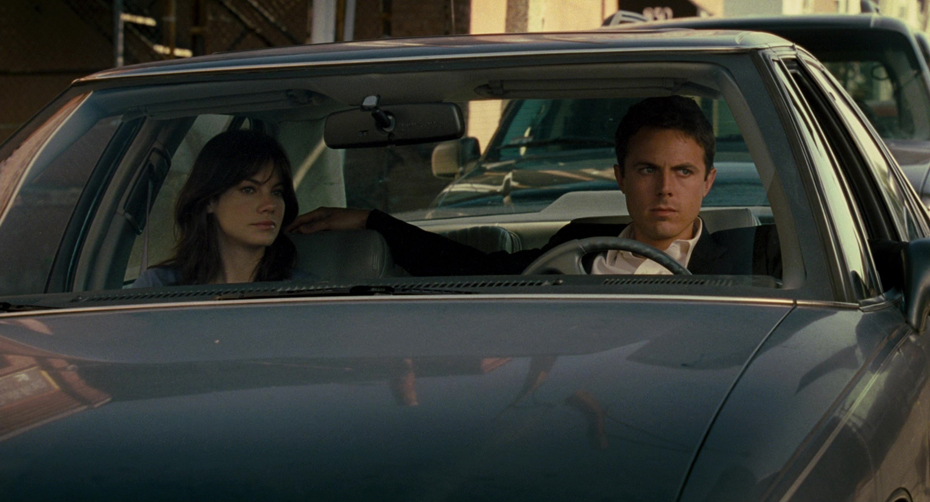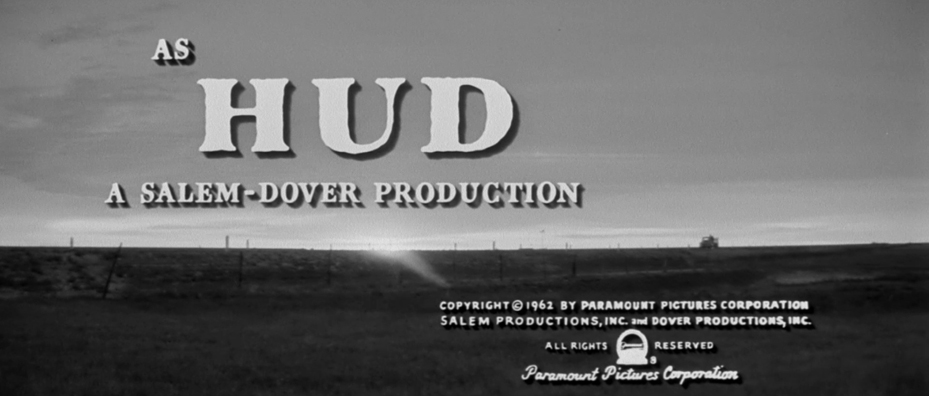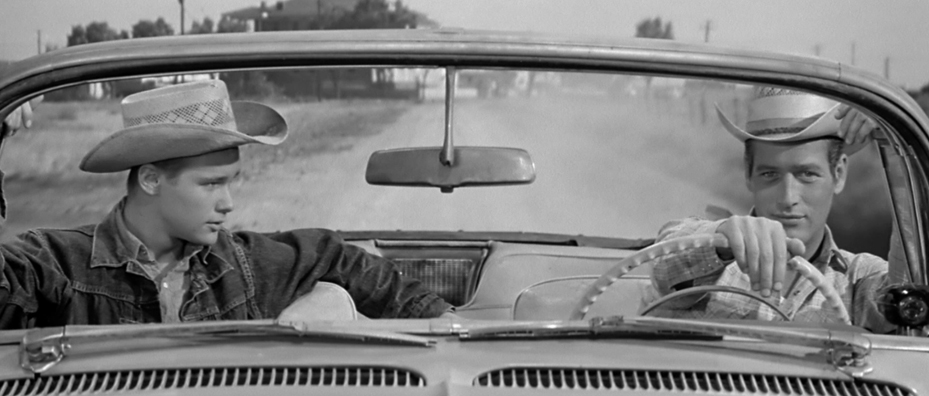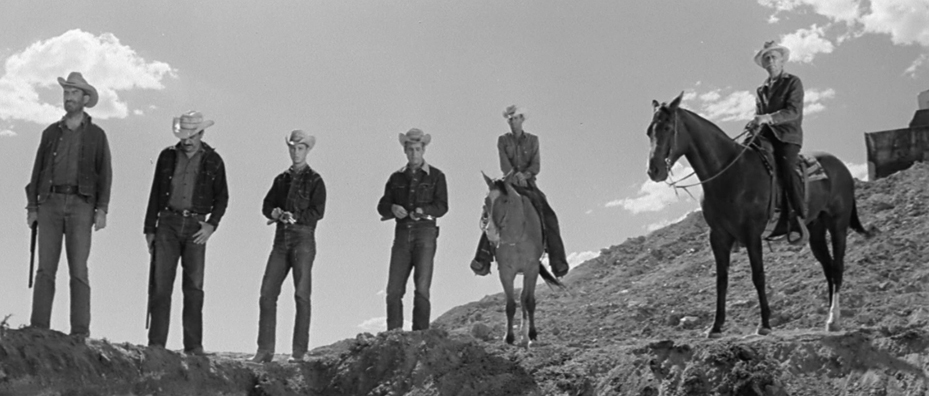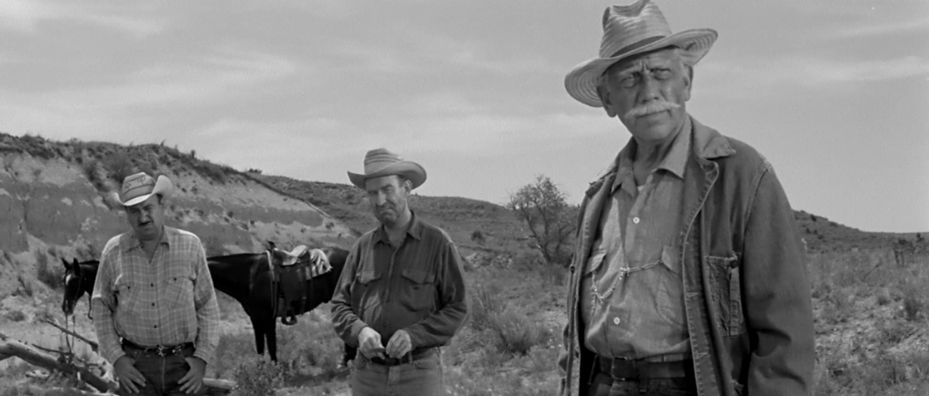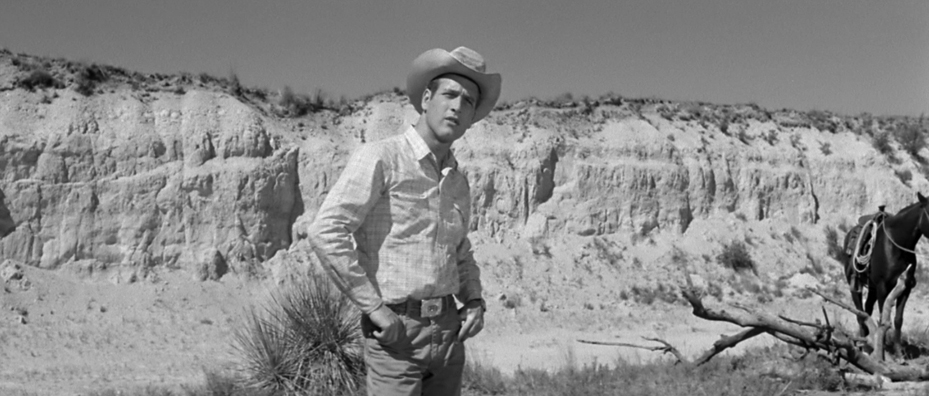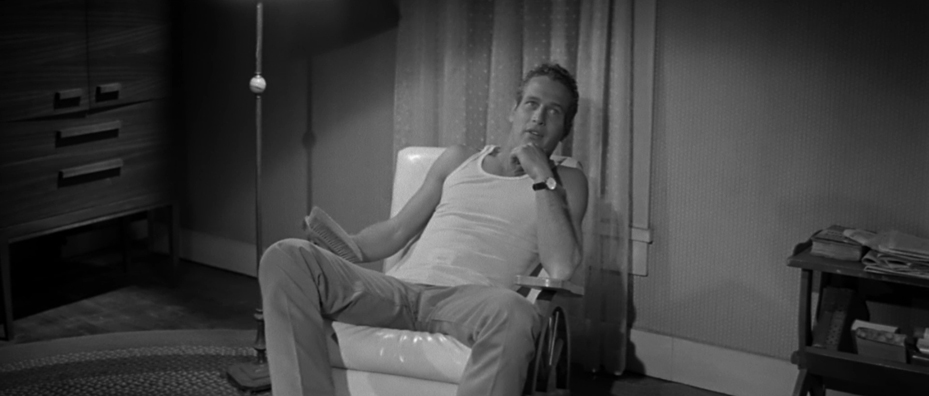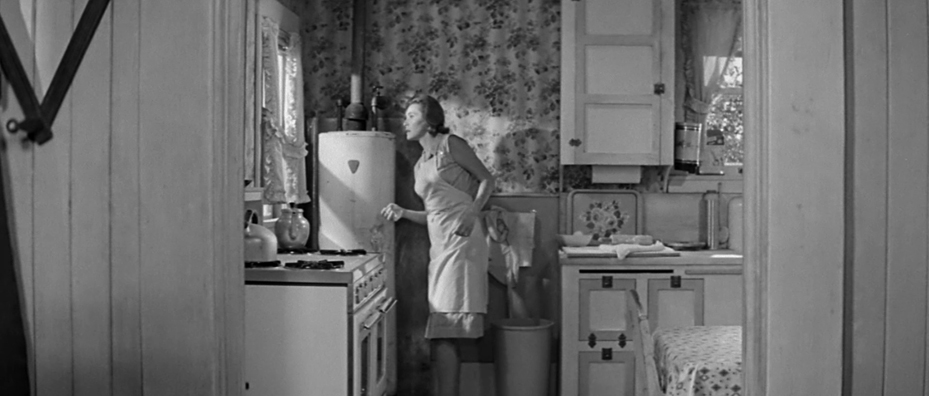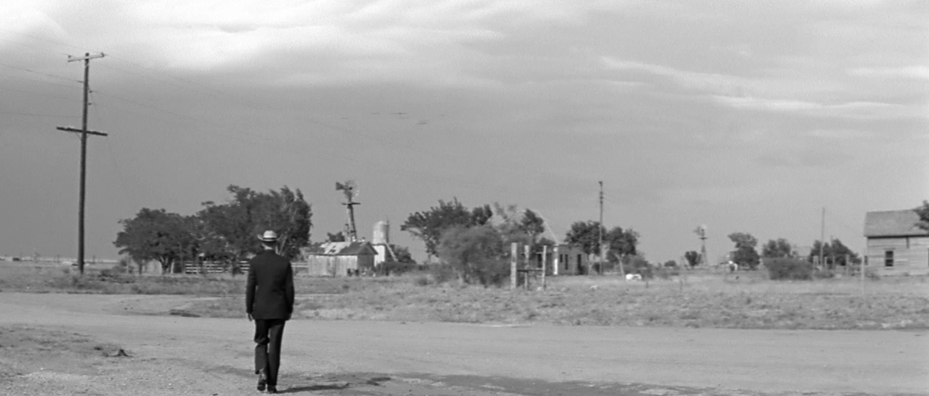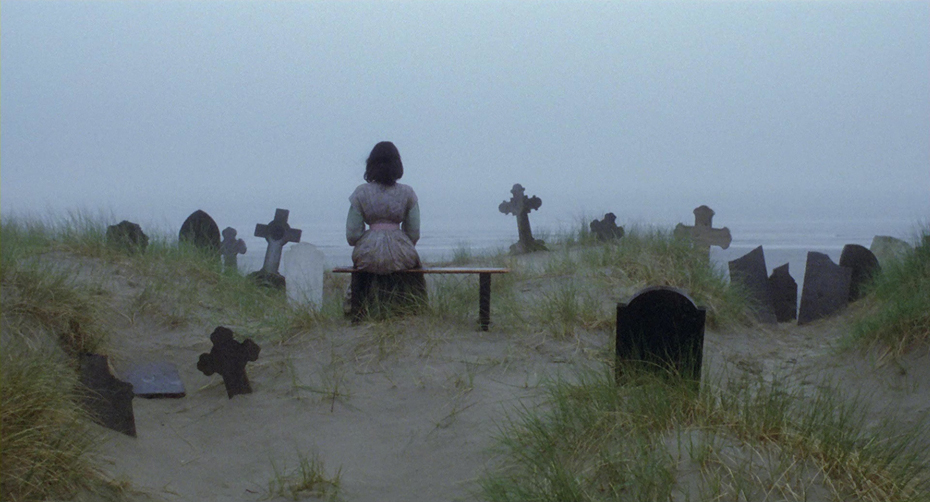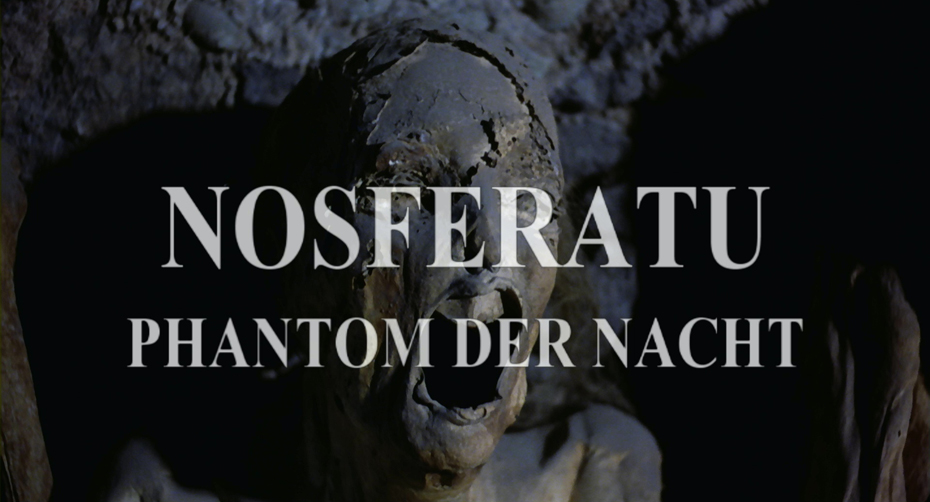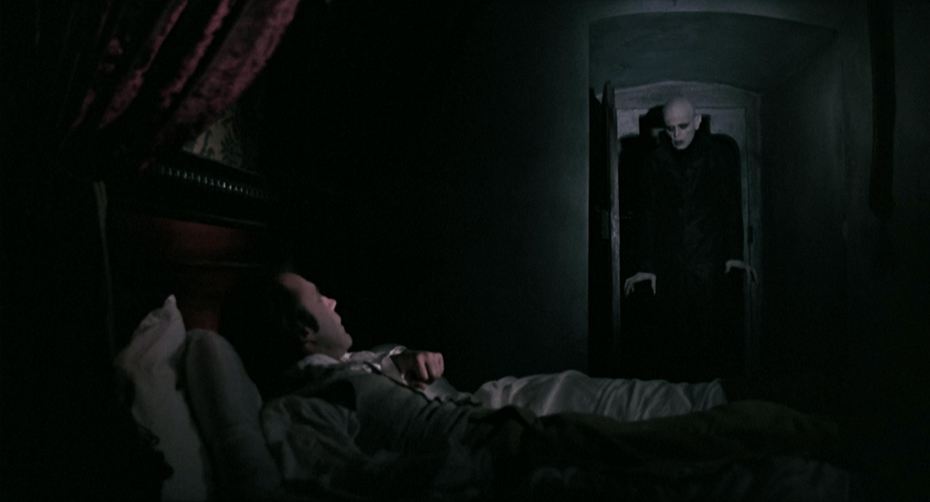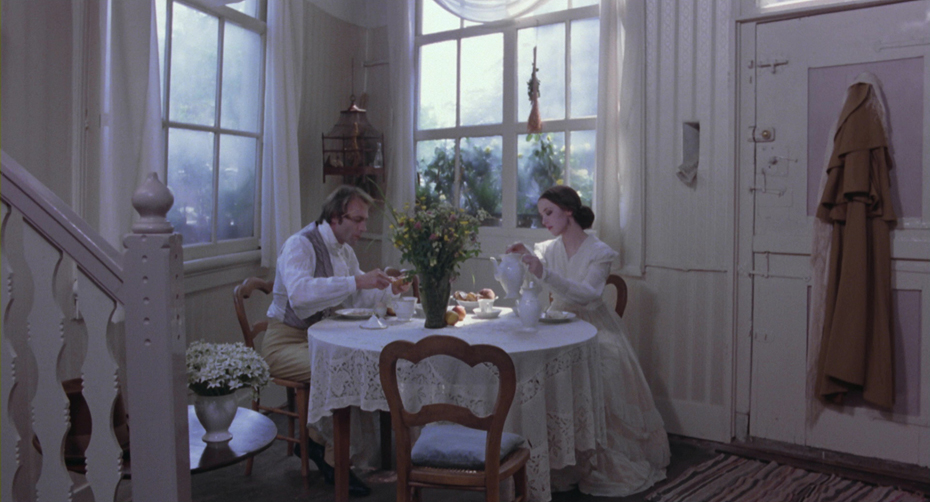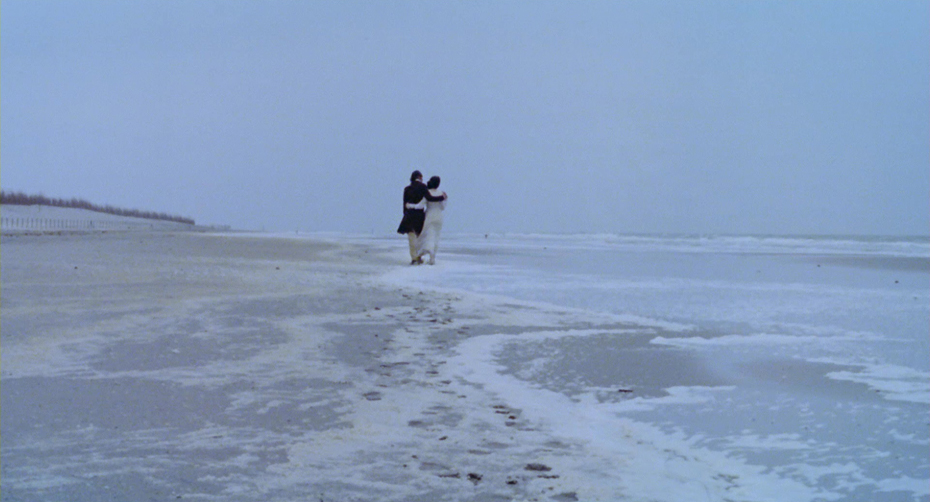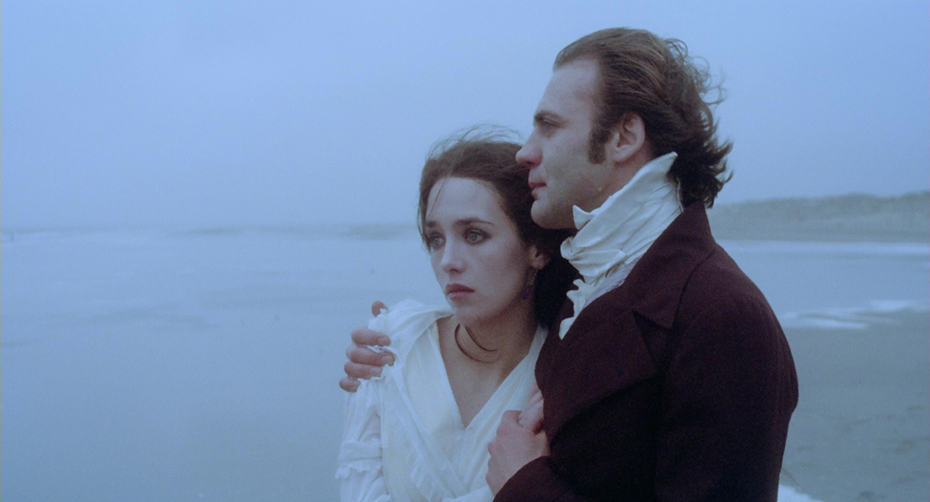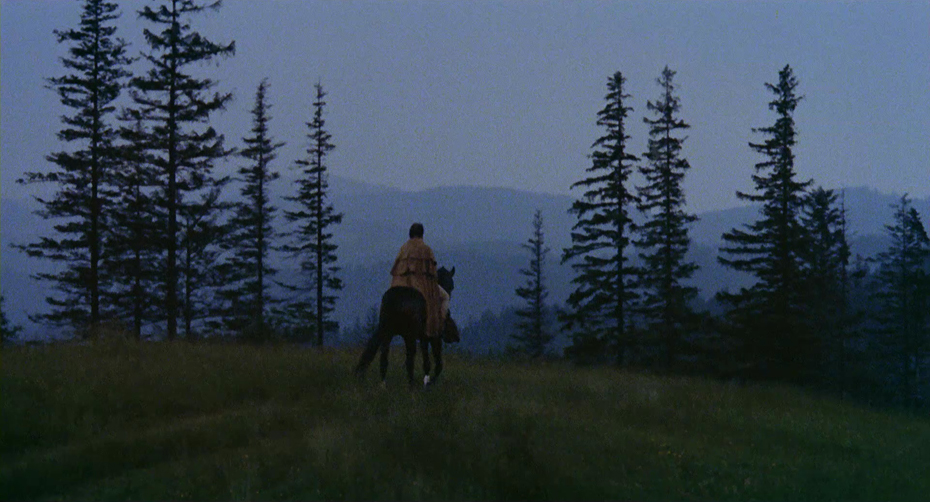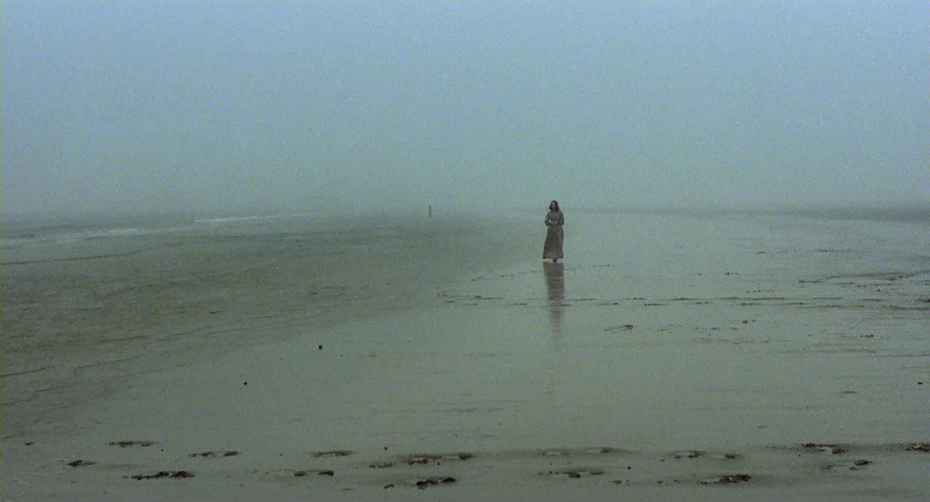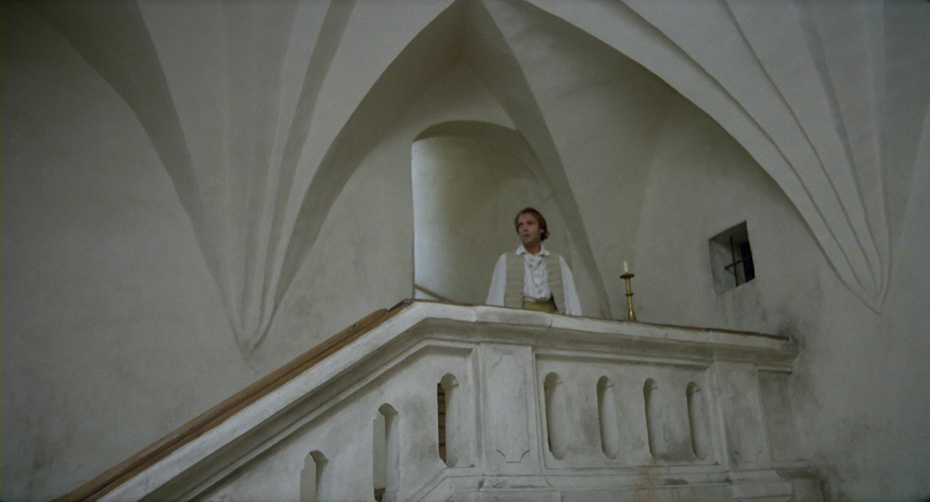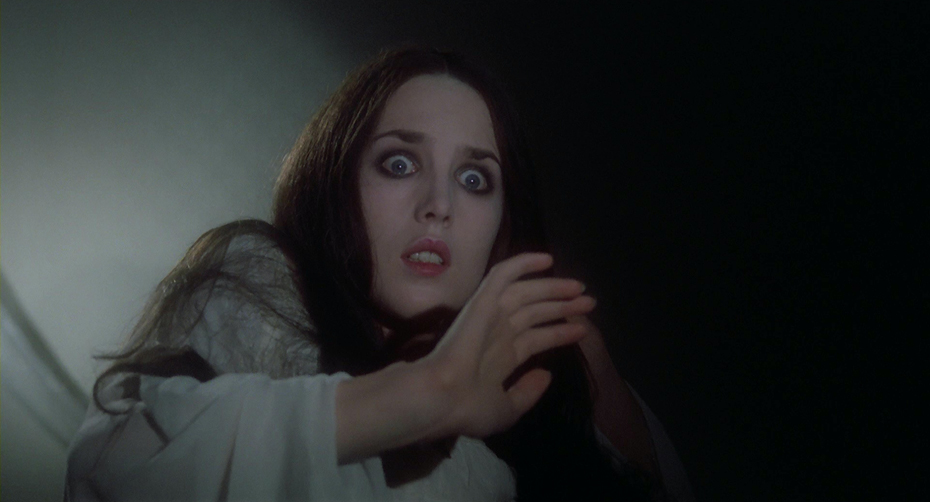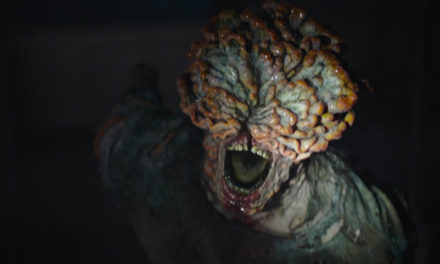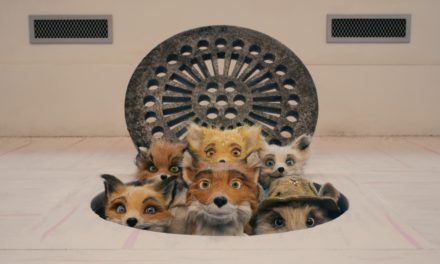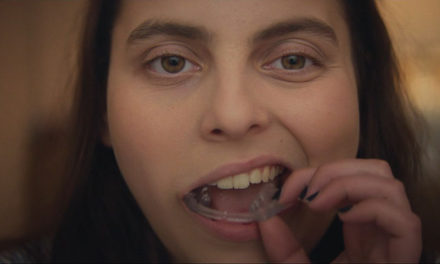THE TUESDAY DROP – 01/25
01.25.22 / New Shots
THE HANDMAIDEN (2016)
Park Chan-wook’s tenth feature film, THE HANDMAIDEN, is an epic psychological thriller starring Kim Tae-ri, Kim Min-hee and Ha Jung-woo. The film follows a Korean con-man who works with a pickpocket to seduce and swindle a Japanese woman out of her inheritance. The film is inspired by the 2002 Welsh novel Fingersmith by Sarah Waters, with Park changing the setting from Victorian era Britain to Korea in the early 20th Century, when it was under Japanese colonial rule. The Handmaiden was selected to compete for the Palme d’Or at the 2016 Cannes Film Festival. Park worked on the film with South Korean cinematographer Chung Chung-hoon.
The pair had collaborated on six of Park’s previous films, including Oldboy and Stoker. Chung was also known for his work on films such as Me and Earl and the Dying Girl. Chung shot The Handmaiden on the Arri Alexa, using vintage lenses to try to recreate the atmosphere of the period in which the story takes place. Chung also worked closely with colorist Park Jin-Ho, who took two weeks to grade the film. Chung and Park wanted the color grade to reflect the wet and muggy environments that the characters occupied throughout the film. Park Jin-Ho would often have CG clouds and rain added to scenes, and would then both desaturate the frame and replace warmer colors with blues and whites to give the film its colder, more threatening visual style. The effect is a film that is both beautiful and sensual as well as threatening and filled with tension, and is one of the most ambitious thrillers of recent years.
MOULIN ROUGE! (2001)
MOULIN ROUGE! is a musical romantic drama directed and written by Australian filmmaker Baz Luhrmann. It follows a young English poet, Christian (played by Ewan McGregor), who falls in love with Satine (Nicole Kidman), the cabaret star of the Moulin Rouge. The film is set in the Montmartre Quarter of Paris and is the final installation in Lurhmann’s “Red Curtain Trilogy”, following Strictly Ballroom and Romeo + Juliet. The film grossed $179 million on its $50 million budget, and was nominated for eight Academy Awards (including Best Picture and Best Cinematography), winning for Best Art Direction and Best Costume Design. Luhrmann worked on Moulin Rouge! with Australian cinematographer Donald McAlpine, who was known for his work on films such as Puberty Blues, Breaker Morant (both with Bruce Beresford), Mrs Doubtfire and Lurhmann’s previous film Romeo + Juliet.
McAlpine and Lurhmann spent a year in pre-production for the film, working closely with Production Designer Catherine Martin. McAline opted for an opulent visual style, shooting in anamorphic with Panavision Primo lenses on the Panavision Millenium camera with Kodak 500T 5279 film stock. In order to capture the frenetic energy of the dance numbers, he decided to shoot the film’s musical numbers with four cameras at a time, shooting different coverage of almost every take over many takes. This approach allowed them to avoid shooting any of these scenes in a traditional, proscenium-style, instead allowing for expressive editing and bold, almost extreme camera choices in every shot. To contrast, McAlpine shot most of the dramatic scenes with a single camera, creating a more conventional and precise visual language that brought the film back down to earth.
GIRLS TRIP (2017)
Malcolm D. Lee’s 2017 comedy GIRLS TRIP stars Regina Hall, Queen Latifah, Jada Pinkett Smith and Tiffany Haddish as a group of four friends who go to the Essence Music Festival in New Orleans in order to reconnect after a long time apart. The film premiered at the American Black Film Festival and went on to gross $140 million on its $28 million budget, making it one of the most successful comedies of the past five years. Lee worked on Girls Trip with American cinematographer Greg Gardiner, who was best known at the time for his work on films such as Elf, Men in Black II and She’s the Man.
Lee and Gardiner decided to shoot the film on location in New Orleans, including at the 2016 Essence Music Festival. They planned their shoot to incorporate the architecture and culture of New Orleans as much as possible, and created a shooting environment where the crew had as small of a footprint as possible in order to film crowds and crowd scenes with authenticity. Interior scenes were also shot at the Second Line Stages facility in New Orleans’s Garden District, allowing Gardiner and his crew to have more control over the lighting environments of the set.
8 MILE (2002)
8 MILE is a 2002 American musical drama directed by Curtis Hanson and written by Scott Silver. The film stars Eminem in his film debut as Jimmy Smith Jr., a young rapper with the stage name B-Rabbit going through a critical week in his life. The film also stars Mekhi Phifer, Brittany Murphy, Michael Shannon, Anthony Mackie and Kim Basinger, and gets its title from Michigan’s 8 Mile Road, the highway between the largely black and white communities living on either side of it. 8 Mile won the Academy Award for Best Original Song for Eminem’s “Lose Yourself”, and the film’s accompanying soundtrack was certified quadruple platinum by the Recording Industry Association of America.
Hanson worked on the film with Mexican cinematographer Rodrigo Prieto, who was best known at the time for his work on films such as Amores Perros by Alejandro González Iñárritu and 25th Hour by Spike Lee. Hanson met with Prieto after seeing his work on Amores Perros, but was also familiar with Prieto’s previous work in Mexico, which had a much more polished look. After interviewing Prieto four times, Hanson decided that the handheld, documentary-style look from Amores Perros wasn’t a one-off, and he and Prieto decided on a look for 8 Mile that would feel like “a week growing out of the sidewalk”. Prieto shot the film almost entirely handheld, giving the film a gritty, documentary-style look that has made it one of the most innovative musicals in the last 20 years.
IRON MAN (2008)
IRON MAN is a 2007 action superhero film based on the Marvel Comics character of the same name. The film was produced by Marvel Studios as the first film in the Marvel Cinematic Universe, and was directed by Jon Favreau, starring Robert Downey Jr. as Tony Stark / Iron Man. The film was nominated for Best Sound Editing and Best Visual Effects at the Academy Awards, and went on to kick-start the Marvel Cinematic Universe films that dominated the global box office. Iron Man was shot by American cinematographer Matthew Libatique, who was best known at the time for his collaborations with Darren Aronofsky, as well as his work with Spike Lee on Inside Man and She Hate Me.
Libatique had never worked on a production of this scale before, and described the shooting experience as one split between both prep and execution at the same time throughout. He and Favreau agreed on wanting the film to have a clean look, and for the cinematography to reflect the improvisational nature of Stark’s character and Downey Jr.’s performance. Libatique created a lighting environment where rigging occurred on a large scale outside the set so that an entire scene could be lit, allowing the actors and the camera to be as flexible as possible during filming. One of the challenges Libatique and his crew faced was that sets were often built before they had a chance to see them. Sets such as the cave Stark escapes from, which was chilled to 35 degrees Fahrenheit to see the actors’ breath and would involve long steadicam shots, had to be lit with careful planning in order to execute the impressive action sequences through the film.
SIMON KILLER (2012)
SIMON KILLER is a 2012 directed by Antonio Campos from a screen story by Campos, Brady Corbet and Mati Diop. The film follows a young American man named Simon (played by Corbet) who becomes involved in a relationship with a prostitute (played by Diop) when on a trip to Paris. Simon Killer was nominated for the Grand Jury Prize at the Sundance Film Festival. Campos worked on the film with cinematographer Joe Anderson. Campos and Anderson agreed on a visual language that captured the state of mind of Simon as he goes further and further into his dark side. Anderson developed a shooting style with a constantly wandering camera that embodied Simon’s detachment and sense of aimlessness. With a strong color palette that saturated the seedy settings of Paris, they were able to give the film a slow-burning, unsettling quality that brings the audience into the unraveling mindset of its lead character.
BETTER DAYS (2019)
BETTER DAYS is a 2019 drama directed by Derek Tsang and based on the novel In His Youth, In Her Beauty. The film stars Zhou Dongyu and Jackson Yee, and follows a high school girl dealing with bullying and the pressure to perform on her exams, whose life becomes intertwined with a teenage street thug. Better Days was nominated for Best International Feature at the Academy Awards, becoming the first entry from Hong Kong directed by a Hong Kong native rather than by a Mainland Chinese director. Tsang worked on the film with Taiwan-born cinematographer Yu Jing-Pin, who was known for shooting films such as Soul Mate and Zinnia Flower.
Tsang and Yu began collaborating by agreeing that the film would be shot entirely hand-held, with long takes and lots of camera movement to capture the energy of the actors and the story as it progressed. They also wanted to capture as much of the film as they could in extreme close-ups, to focus on the smallest details of the actors’ performances and bring the audience into the subtle nuances of the story. By choosing Chongqing as the location for the film, they also sought to create a labyrinth-like visual language for the film, trapping the characters in the frame with hills, bridges and twisting staircases that were characteristic of the city, and of the lives of the young couple at the heart of the story.
GONE BABY GONE (2007)
Ben Affleck’s 2007 debut feature film GONE BABY GONE stars Casey Affleck and Michelle Monaghan as Boston private detectives hired to investigate the disappearance of a young girl, which ultimately turns into a professional and personal crisis. The film is based on Dennis Lehane’s 1998 novel of the same name, and also stars Amy Ryan, Ed Harris, Michael K. Williams and Morgan Freeman. Ryan was nominated for an Academy Award for Best Supporting Actress.
Affleck worked on Gone Baby Gone with American cinematographer John Toll, who was best known at the time for his work on films such as Braveheart, Almost Famous and Legends of the Fall. Affleck and Toll decided to shoot on both film and digital using the Panavision Panaflex Millennium XL camera with Panavision spherical lenses. They shot the film largely on site in South Boston, with members of the public passing by often included as extras in the frames. Affleck and Toll agreed that they wanted the film to have a gritty, naturalistic feel that still adhered to some of the visual tropes of the thriller genre, and Toll’s lower contrast lighting ratios helped give the film a sense of naturalism, as well as a sense of glamorousness that captured the setting and the lives of the characters within it.
HUD (1963)
HUD is a 1963 western directed by Martin Ritt and starring Paul Newman, Melvyn Douglas and Patricia Neal. The film follows Homer Bannon (Douglas) and his son Hud (Newman), who have an ongoing conflict when an outbreak of foot-and-mouth disease puts the family’s cattle ranch at risk. Hud premiered at the Venice International Film Festival and was nominated for seven Academy Awards, winning for Best Actress (Neal), Best Supporting Actor (Douglas) and Best Black and White Cinematography. The film was included in the National Film Registry by the Library of Congress in 2018, and is considered one of the foremost examples of the revisionist Western genre.
Hud was shot by legendary Chinese-American cinematographer James Wong Howe, who worked on over 130 films over the course of his career, and had previously won the Academy Award for his work on The Old Man and the Sea. Known in the industry as “Low Key Howe” for his innovative use of low light to shoot, Howe was a celebrated innovator in 20th Century cinematography. Howe and Ritt decided to shoot the film in black and white on anamorphic lenses, shooting over half of the movie on location in Texas. With flat landscapes to compete with pictorially, Howe shot large portions of the exteriors with high camera angles on 25mm lenses to give a different view of the land. Howe also lit in a spare way, often from the ground rather than from above, but wanted to create a bleak, naturalistic effect and kept lighting units spare. To differentiate, interior scenes often involved several low-angle shots. Howe also wanted to escape the traps of traditional lighting, especially with interiors, in order to avoid giving the impression that the film was shot on stage. In order to do this, he chose to only slightly extend the natural light sources on set, rather than lighting the actors and the space traditionally.
NOSFERATU THE VAMPYRE (1979)
NOSFERATU THE VAMPYRE is a 1979 horror film written and directed by Werner Herzog. The film is set primarily in 19th Century Wismar, Germany and Transylvania, and was conceived as a stylistic remake of F.W. Murnau’s 1922 German Dracula adaptation, Nosferatu. The film stars Klaus Kinski and Isabelle Adjani. Nosferatu was filmed in both English and in German, and was well-received in both languages. Herzog worked on Nosferatu the Vampyre with frequent collaborator Jörg Schmidt-Reitwein. The pair had worked on films such as Heart of Glass, Woyzeck, Where Green Ants Dream and Land of Silence and Darkness.
Herzog and Schmidt-Reitwein wanted the film to have a vibrant, stylistic color palette, contrasting the costumes of the characters with the black of Dracula’s cloak and pale face. Interiors were frequently shot with blue-tinted lenses, giving these sequences a brooding, dream-like quality. These interiors also contrasted strongly with the exterior sequences in Transylvania, which were often saturated to be vivid and bold, and create a heightened atmosphere throughout the film. With bold choices at almost every turn, Nosferatu the Vampyre managed to carve out its own place in the canon of Dracula films, making it one of the most inventive and personal of Herzog’s career.

